If this was a trial, it would be nowhere near the final arguments.
The Tampa Bay Buccaneers selected eight players in the 2018 NFL Draft and all eight made the active roster and saw at least some regular-season action. Four of them were starters for at least part of their rookie campaigns. All eight showed some promise; none has yet made a conclusive argument – or for some, had the opportunity to do so – that they are going to be long-term standouts for the Buccaneers.
None of which is particularly unexpected. For those who pass out draft grades in the days following the final round, it's common practice to add the caveat that a draft class can't truly be assessed until three or four years later. The same is true, to a somewhat lesser degree, for evaluations after just one season. Basically, we've heard the testimony of some opening witnesses so far; there will be plenty of time for rebuttals and/or corroborating evidence.
As such, when we present this review of the Buccaneers' 2018 draft class, we will mostly be focused on how each player's rookie season unfolded. We'll offer a guess at "What's Next?" at the end of each player section, but in truth the future is still very much up in the air for all eight of these players. The Class of 2018 could still produce any number of cornerstone players for the franchise.
**
1. DT Vita Vea, Round 1, Pick 12
The Buccaneers traded down five spots and then selected the massive but agile Vea, who they envisioned collapsing pockets, eating up double-team blocks and making life easier for all the pass rushers around him. In December, that's very much what Vea looked like.
Unfortunately, it took a lot longer to get there than anticipated. Vea suffered a significant calf injury on the third day of training camp and the recovery took nearly two months. That stretched into the regular season, and even when Vea did get on the field he took a little while to round into the form the Bucs were expecting. This wasn't terribly surprising.
The turning point for Vea came around Week 12, coincidentally or not right after General Manager Jason Licht approached the rookie on the practice field for a little chat. Licht urged Vea to be more "violent" in his play, and though he had heard the message before he said this is where it really sank in. That weekend, Vea recorded four tackles, three tackles for loss and a sack in a win over the San Francisco 49ers.
From that point on, Vea was one of the Buccaneers' more consistent and productive defensive linemen. His power had been on display since he first got into games, as he could consistently push blockers backward into the pocket, but in the second half he started to shed blocks better and make a lot more plays laterally. Over his last eight games, Vea had 26 tackles, three sacks, four tackles for loss and four quarterback hits. Double that to a 16 game season and you'd have a respectable 52 tackles and six sacks. The Bucs obviously hope for even more.
What's Next? Vea returned to action as a backup to Gerald McCoy and Beau Allen but eventually claimed a starting spot. He seems certain to be starting for the Buccaneers in 2019 and looked impressive enough down the stretch to suggest he could be a true impact player in his second season. How he is utilized will depend somewhat on the new coaching staff and what defensive system it imports.
**
2. RB Ronald Jones, Round 2, Pick 38
It was undeniably a lost first season for the former USC running back. Even though the Buccaneers' coaching staff was high on incumbent tailback starter Peyton Barber – who turned in 963 yards from scrimmage and six touchdowns, as it turned out – they had hoped that the rookie would bring a big-play element to the backfield and be a perfect complement. That never materialized and in his press conference at the end of the year Licht said that Jones "needs to bounce back."
At the time the Buccaneers broke camp, Jones had not carved out a meaningful role in the offense and the team chose to keep him inactive for the first three games of the season in favor of fellow rookie back Shaun Wilson, an undrafted rookie who had shown promise as a kickoff returner. Jones got 10 carries in his debut game at Chicago, gaining 29 yards, as the contest was out of reach in the second half. He logged nine more totes over the next three game before suffering a hamstring injury that knocked him out for a month. When he returned, Barber was hitting his stride and he got just two carries the rest of the way. Jones finished his rookie year with 77 yards from scrimmage and one touchdown, totals that would have seemed ridiculous if predicted back in the spring after the draft.
What's Next? Jones will certainly have an opportunity to start fresh in his second season as he'll be working under a new coaching staff and in a new offense. His body of work at USC, in particular his explosive runs, indicate a player capable of much more, which is why he went high in the second round of a draft deep in backs. Jones will have an entire offseason to learn the new offense and hopefully hit the ground running in training camp.
**
View some of the best game action pictures from the 2018 season.




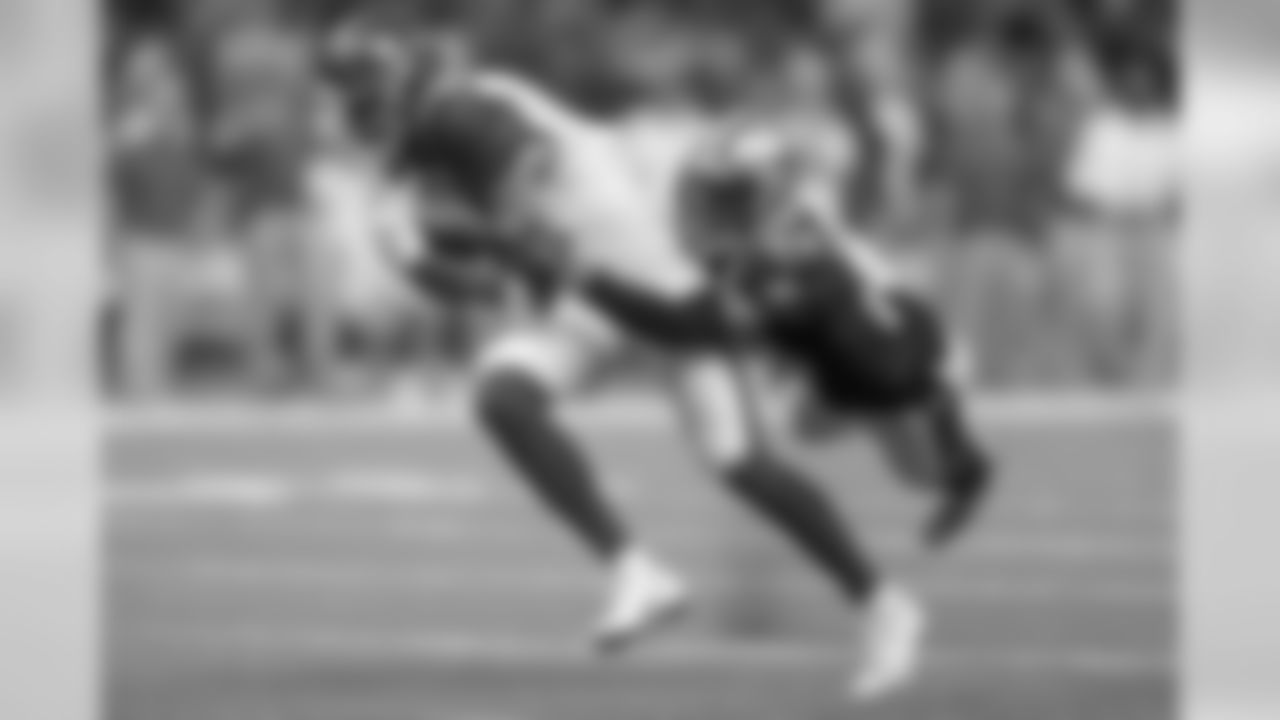
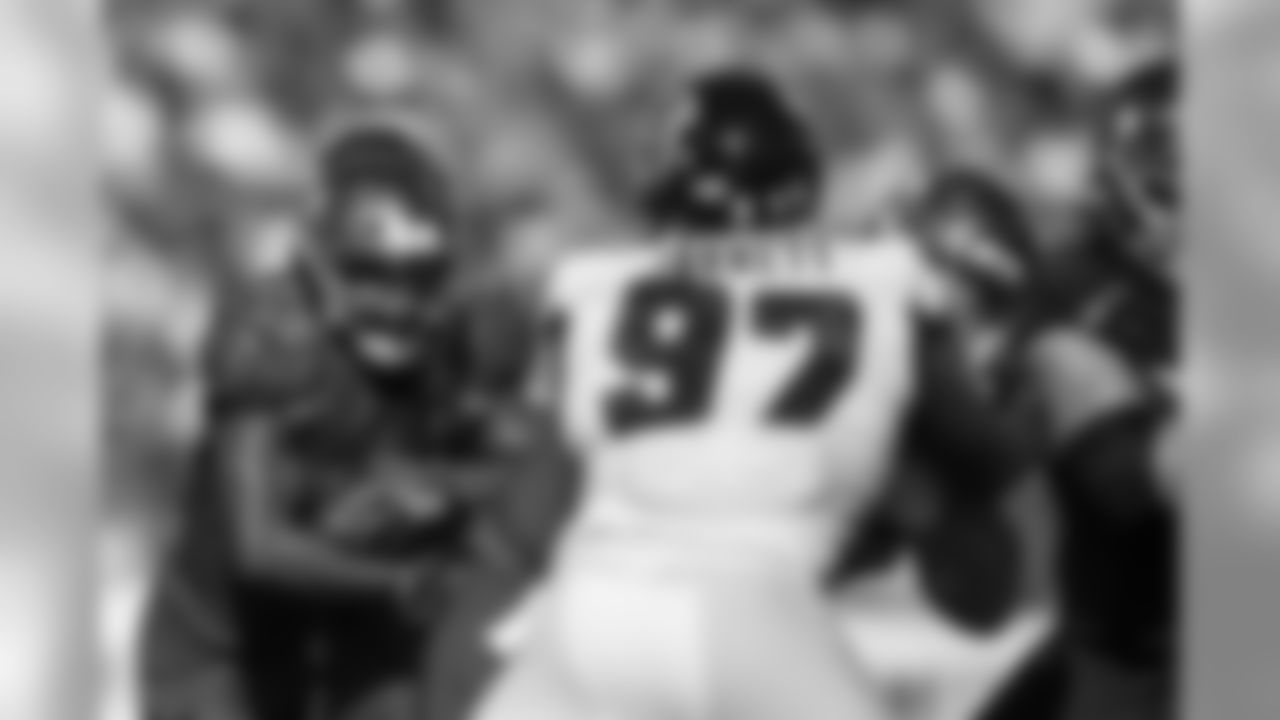


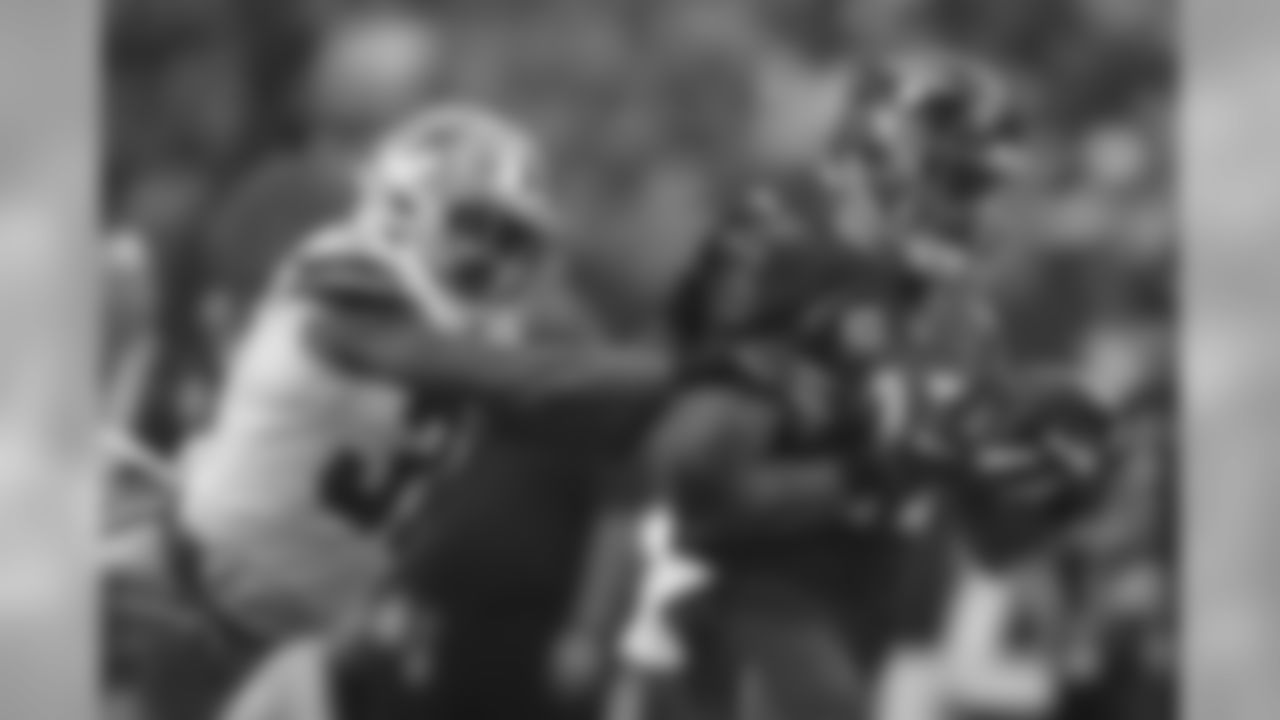

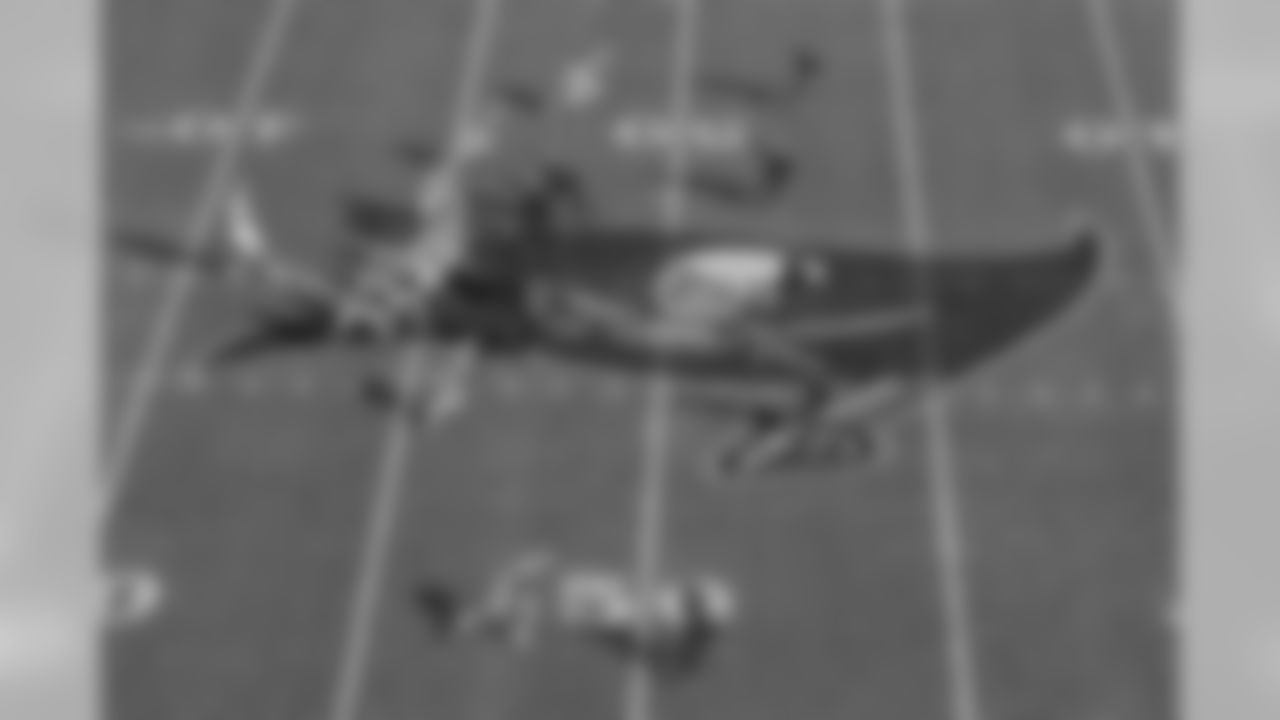
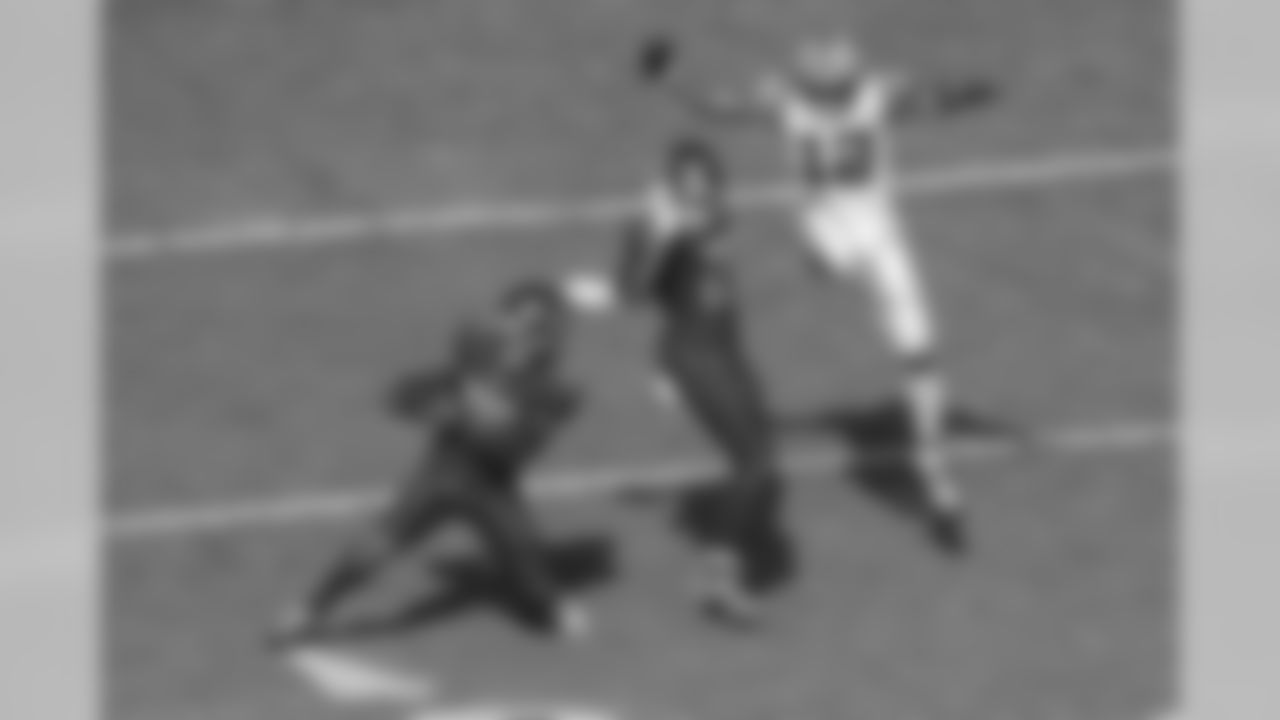







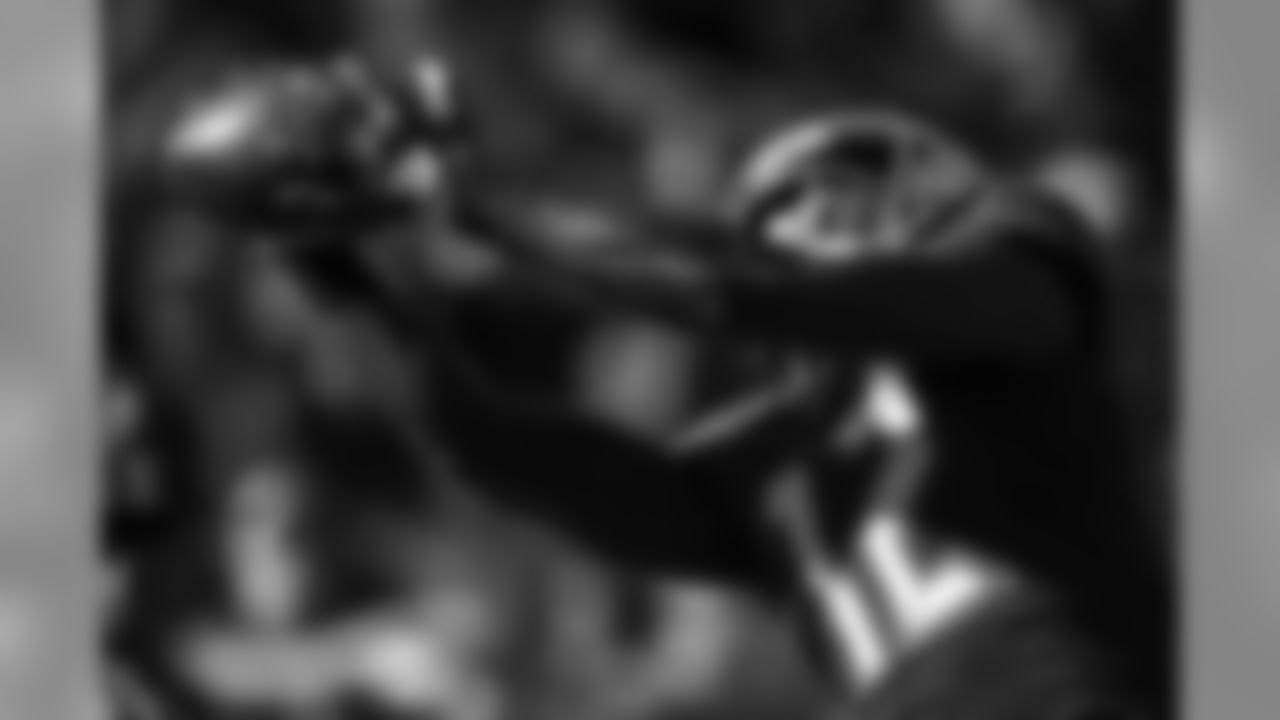



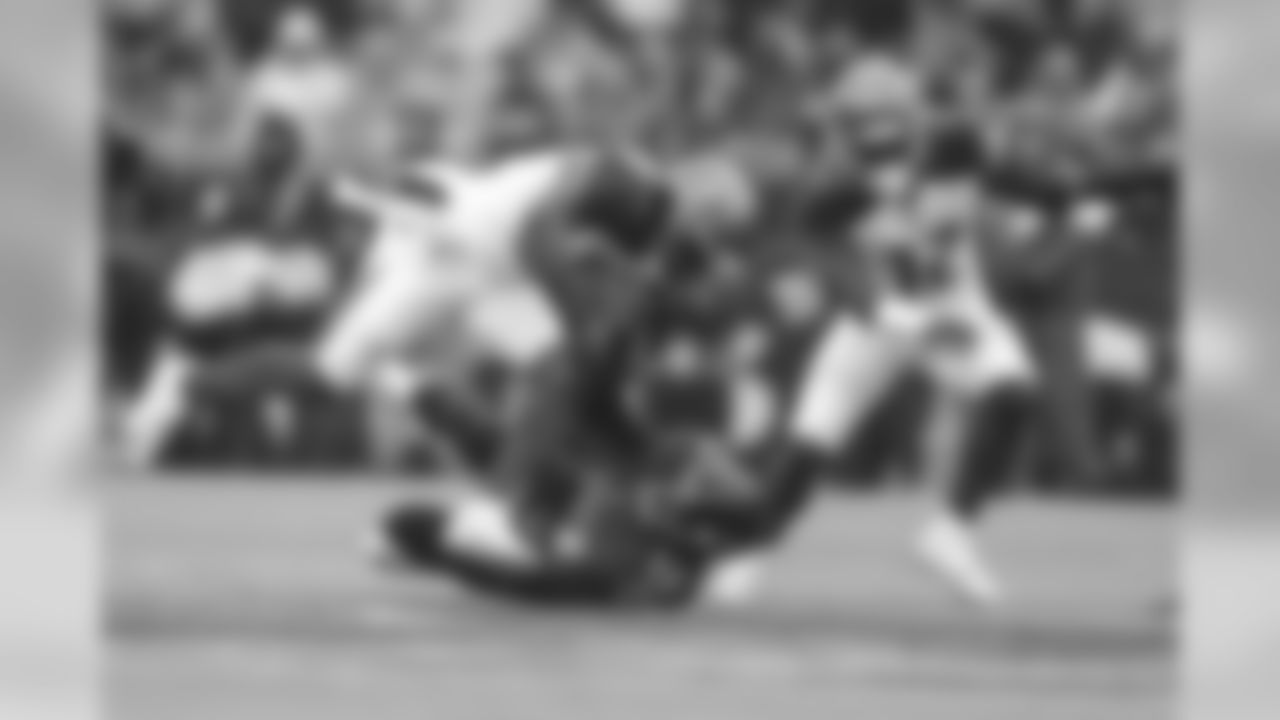


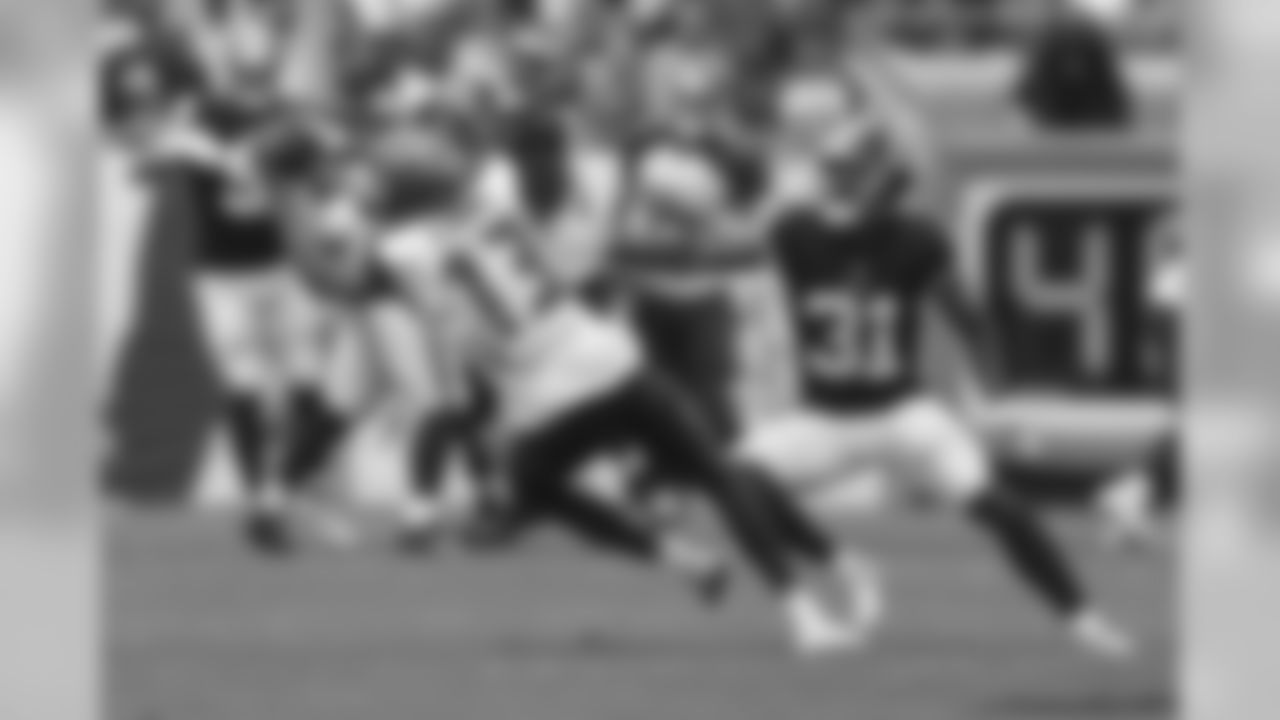



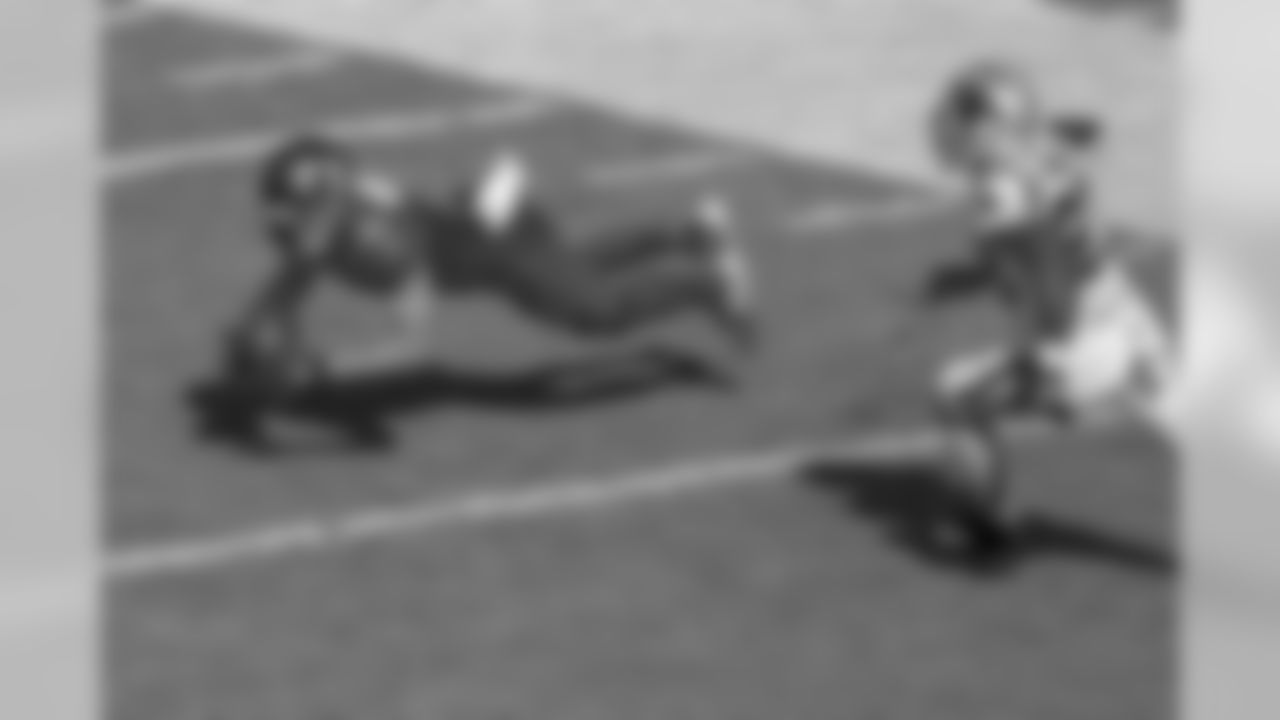

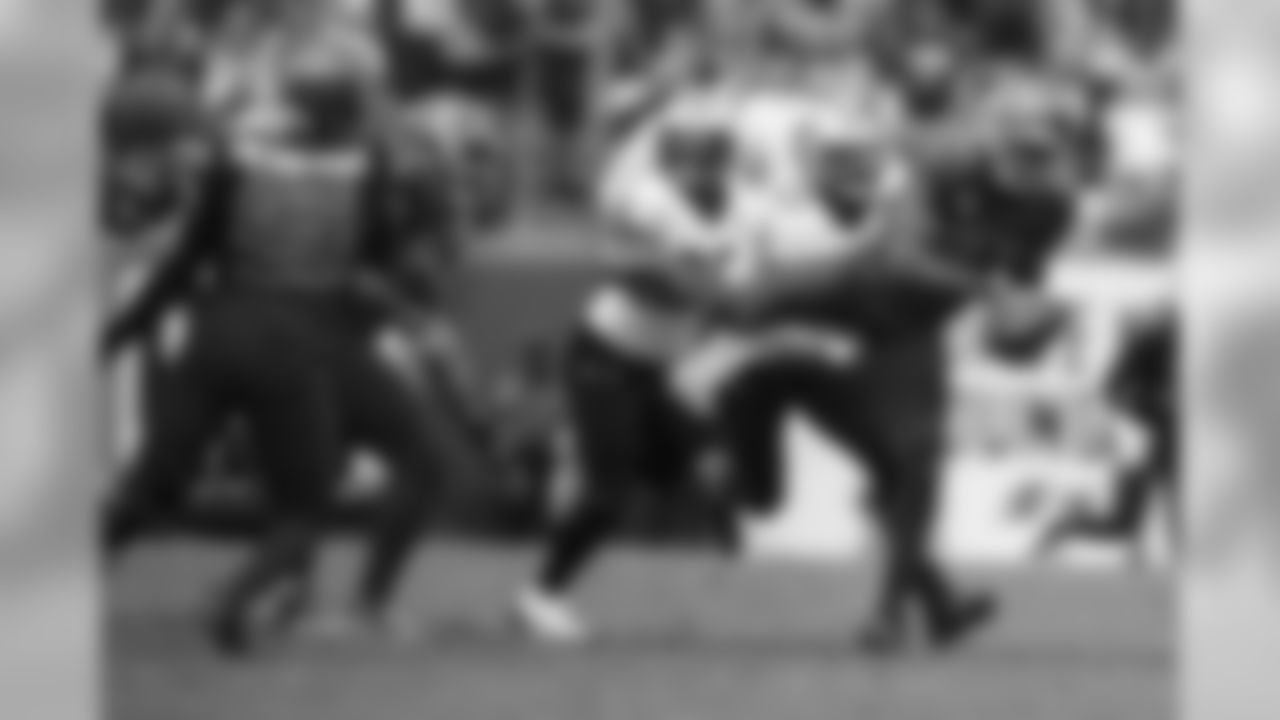

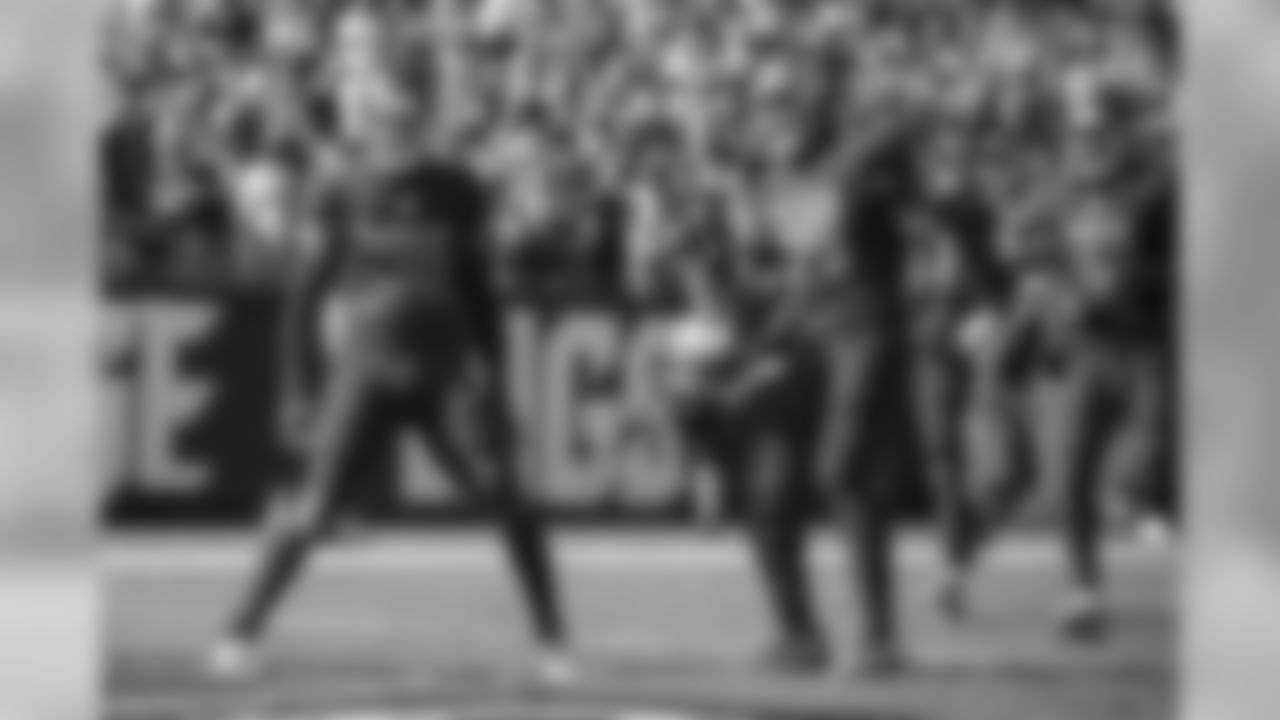

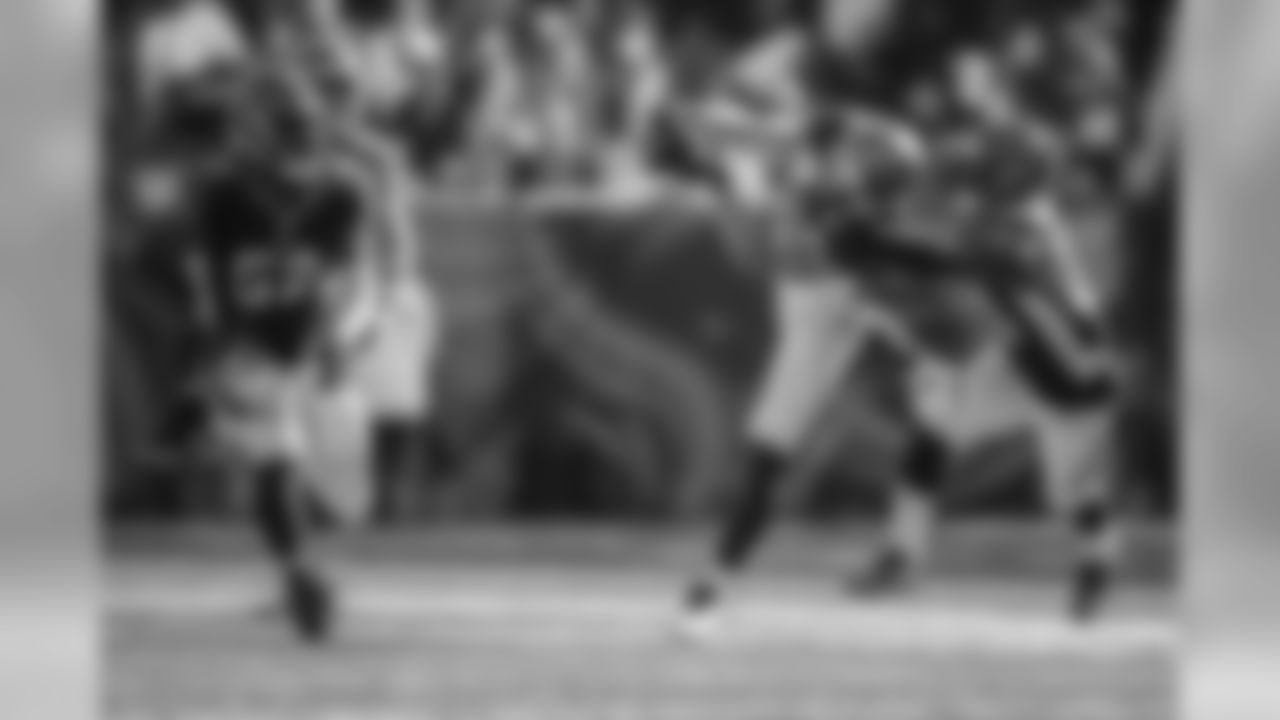

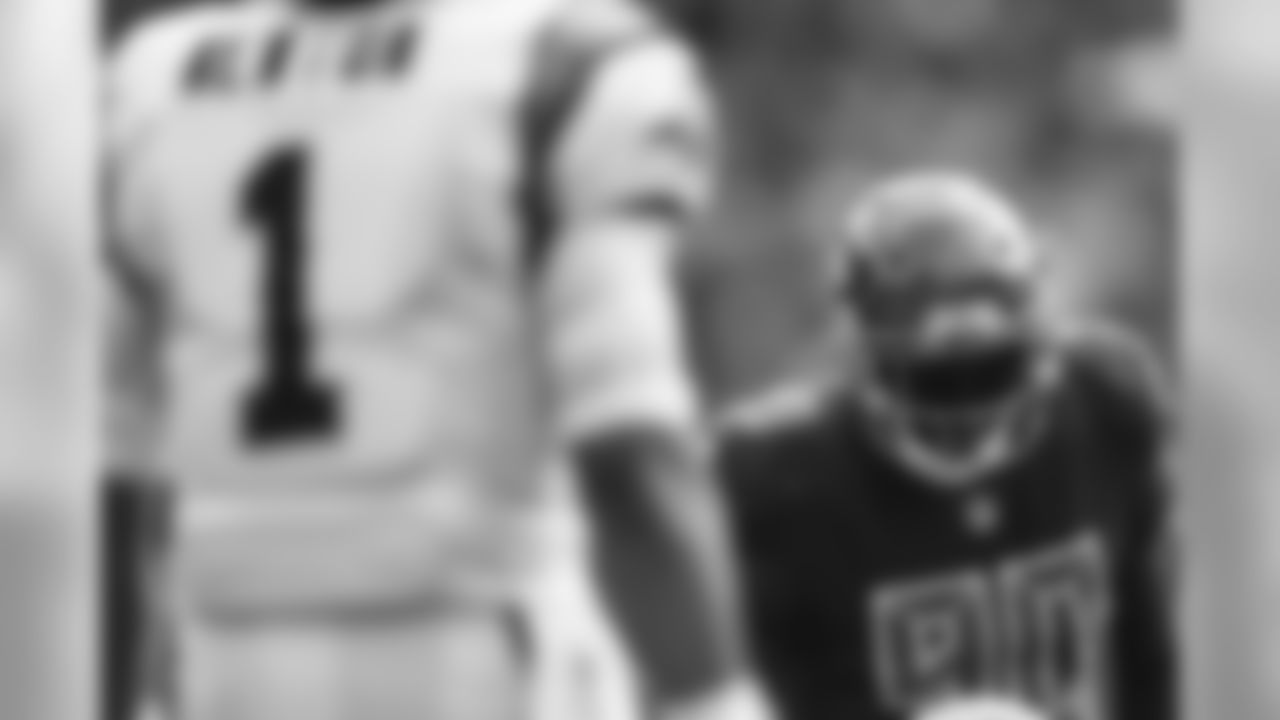
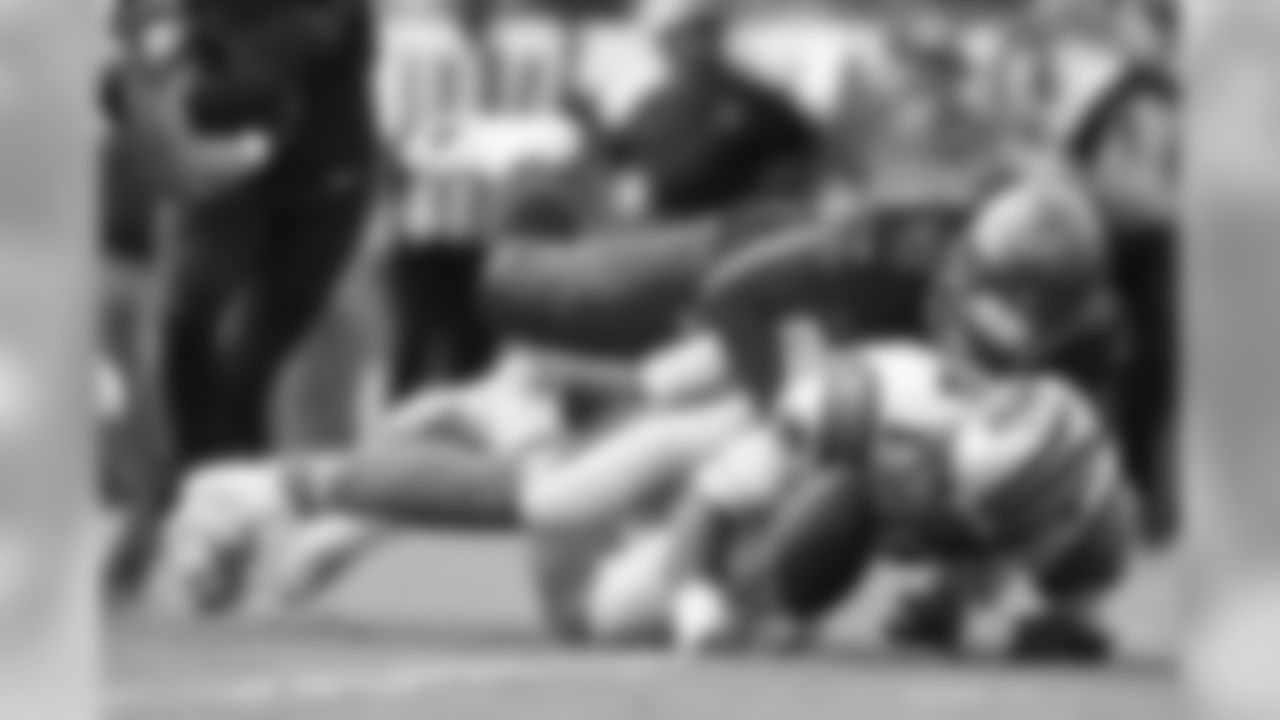
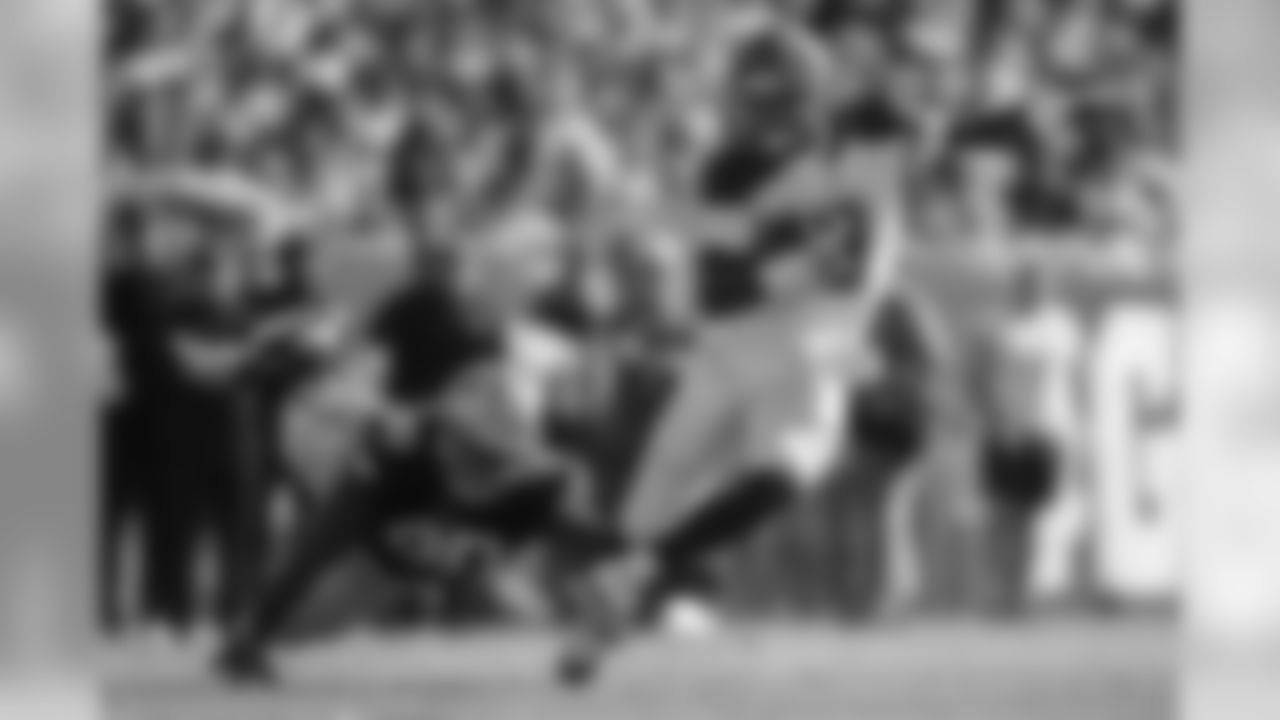
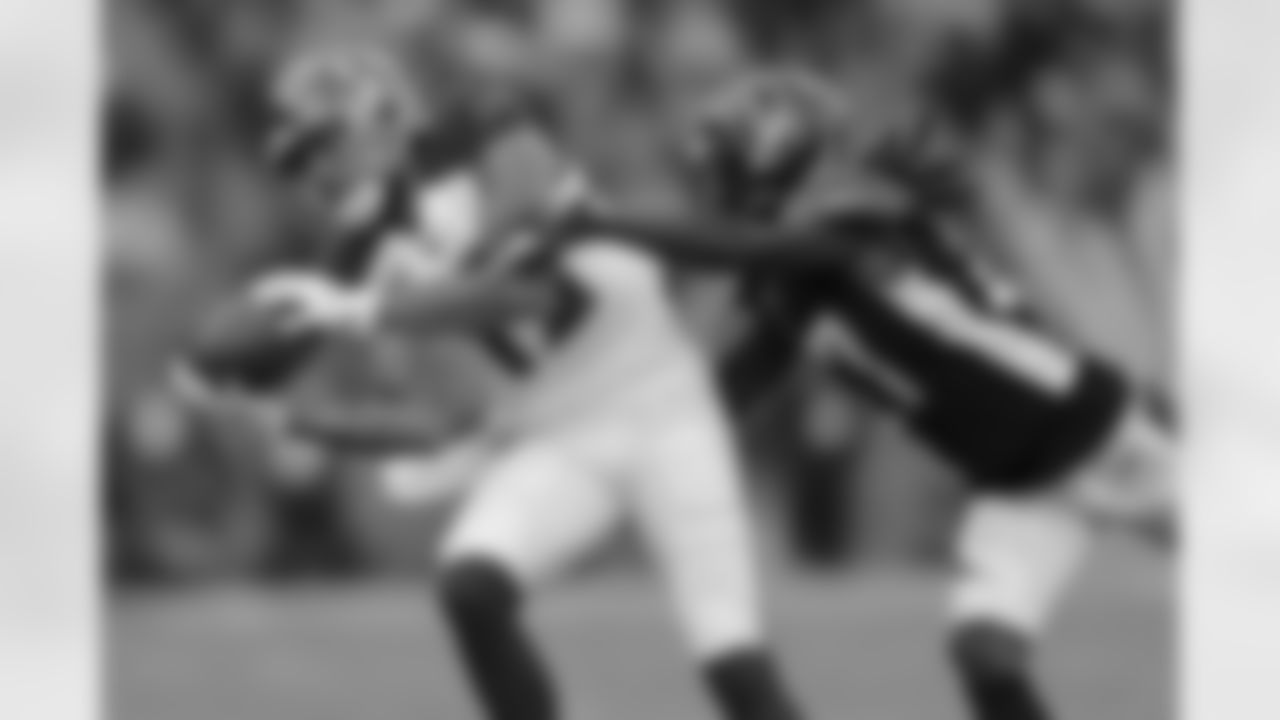
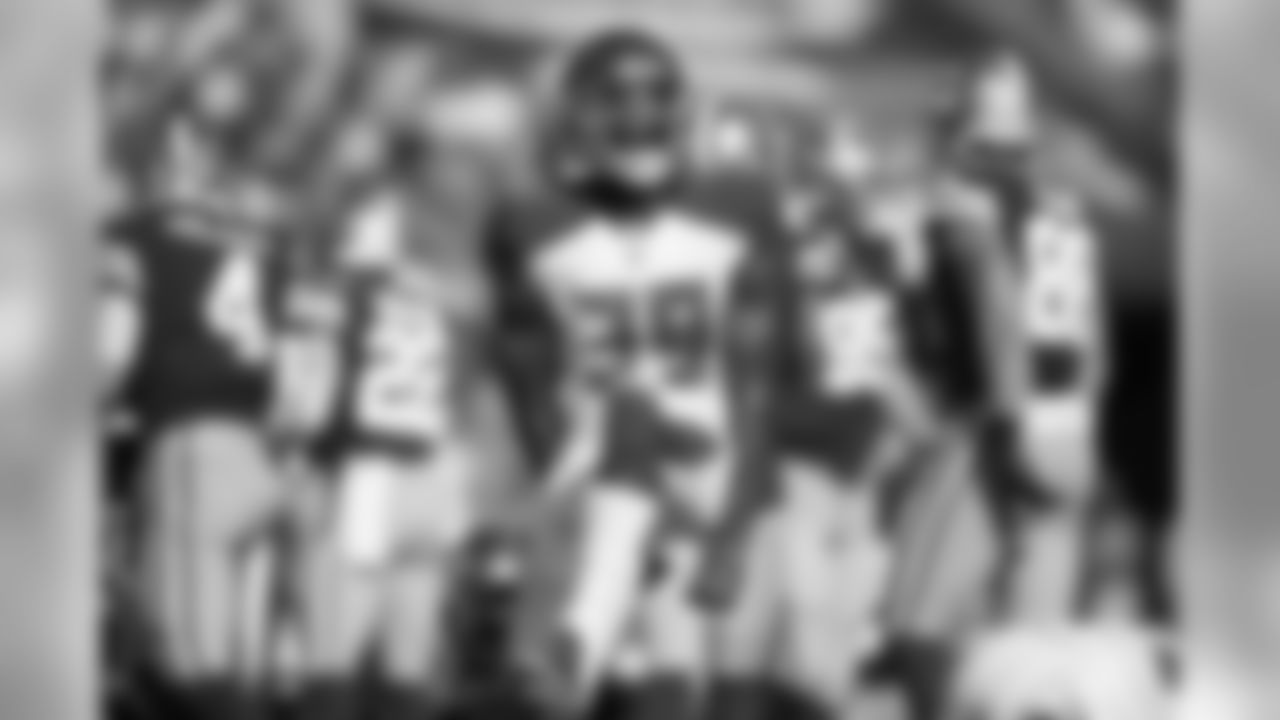
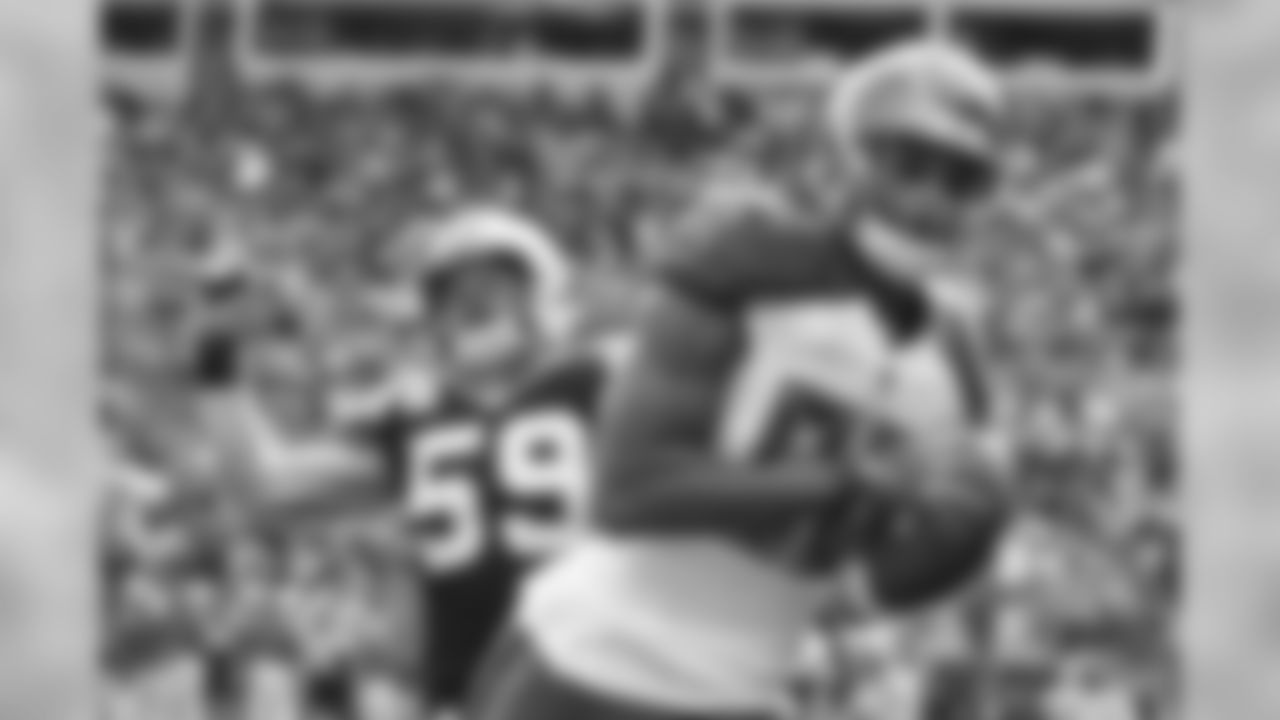
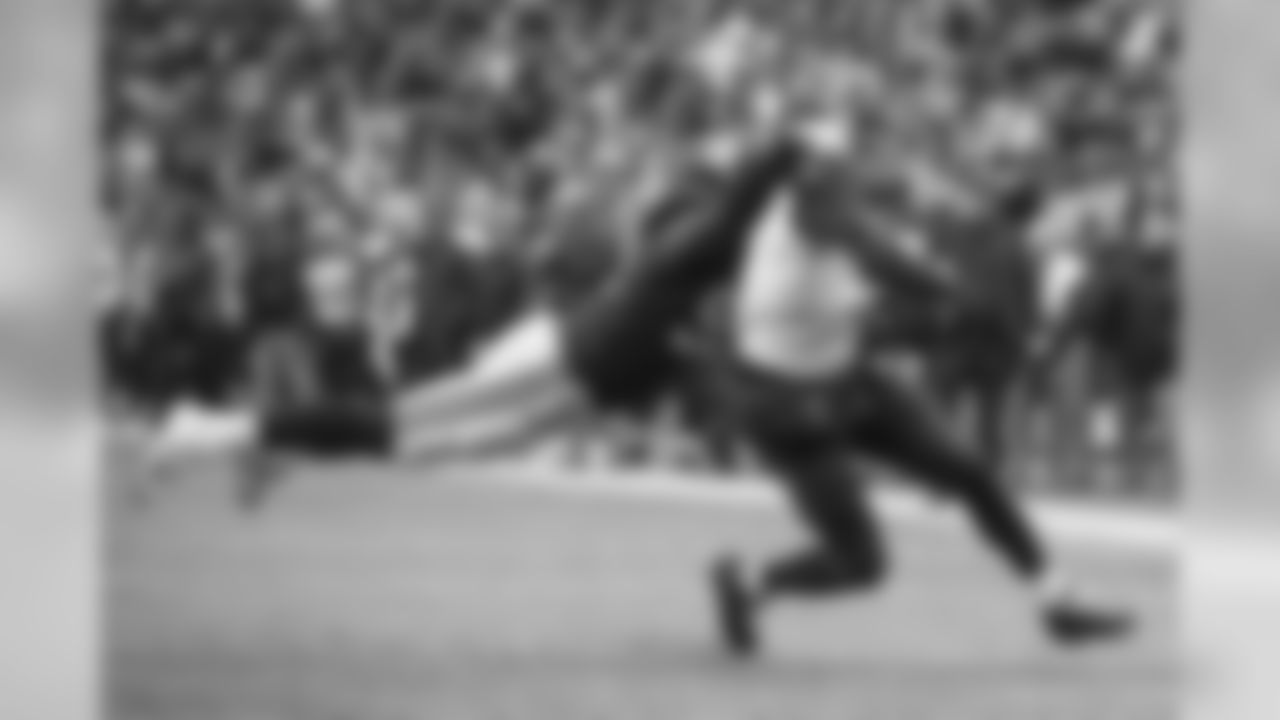
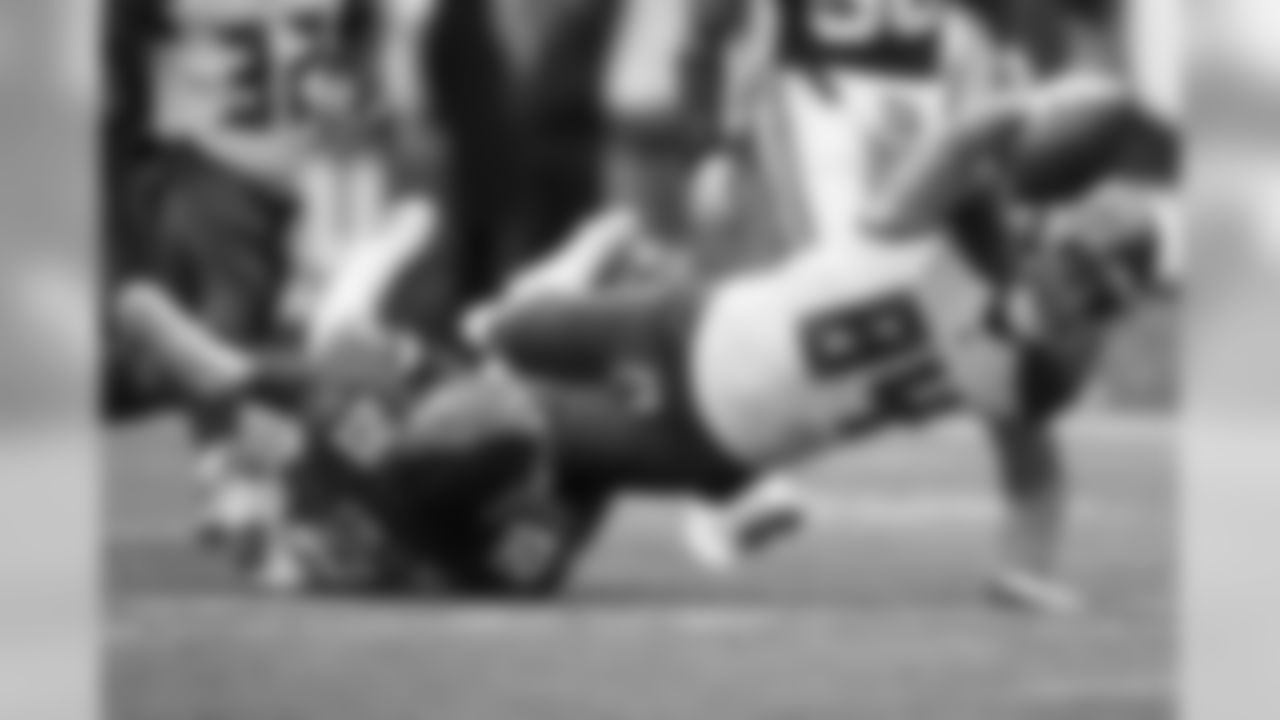

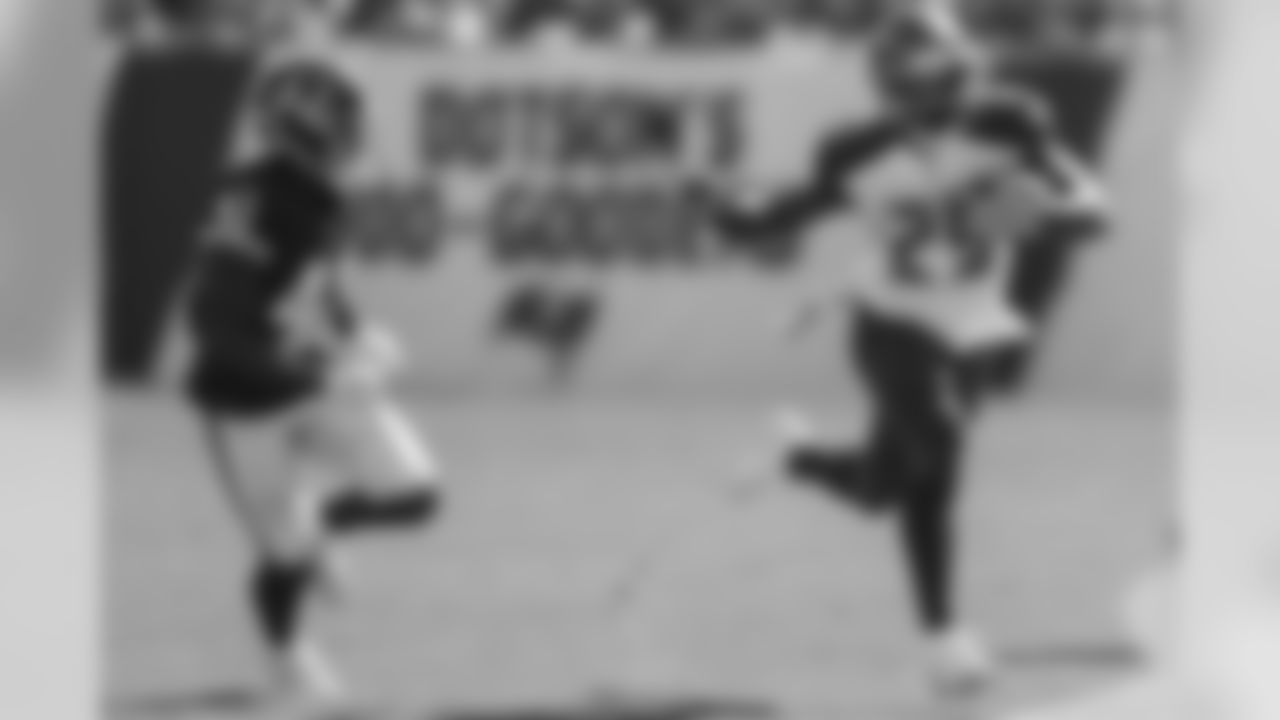






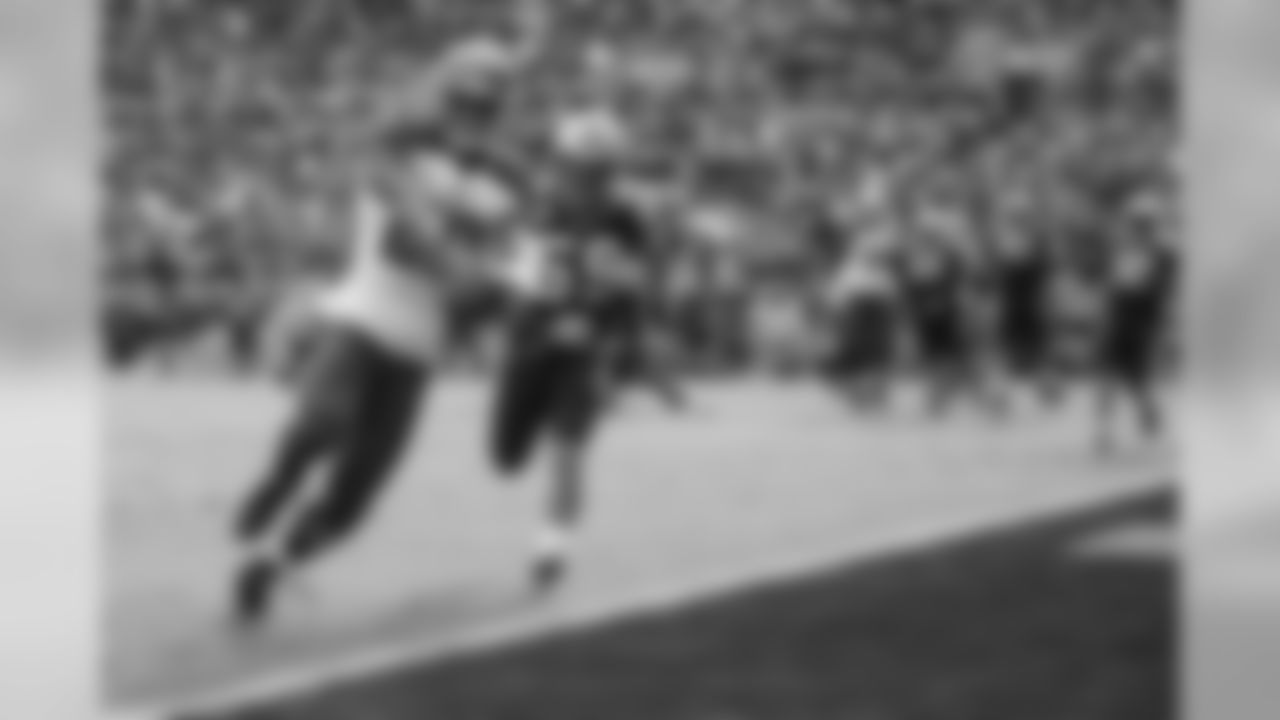
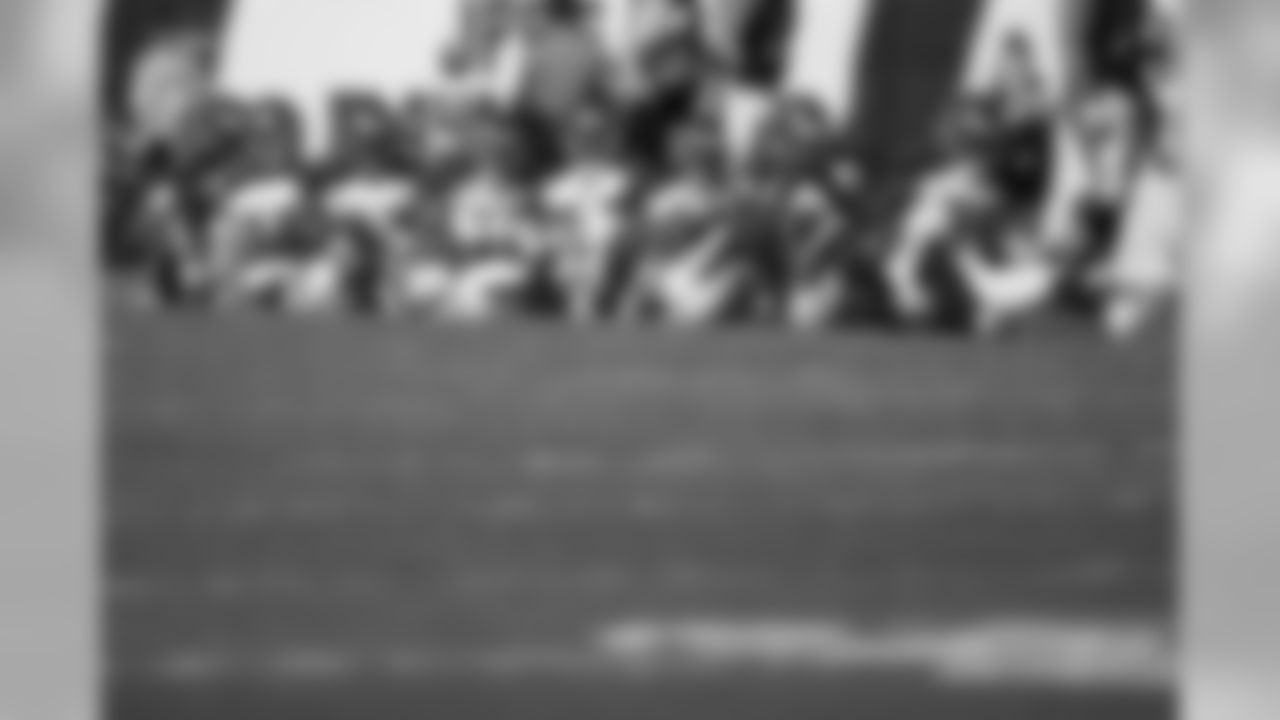
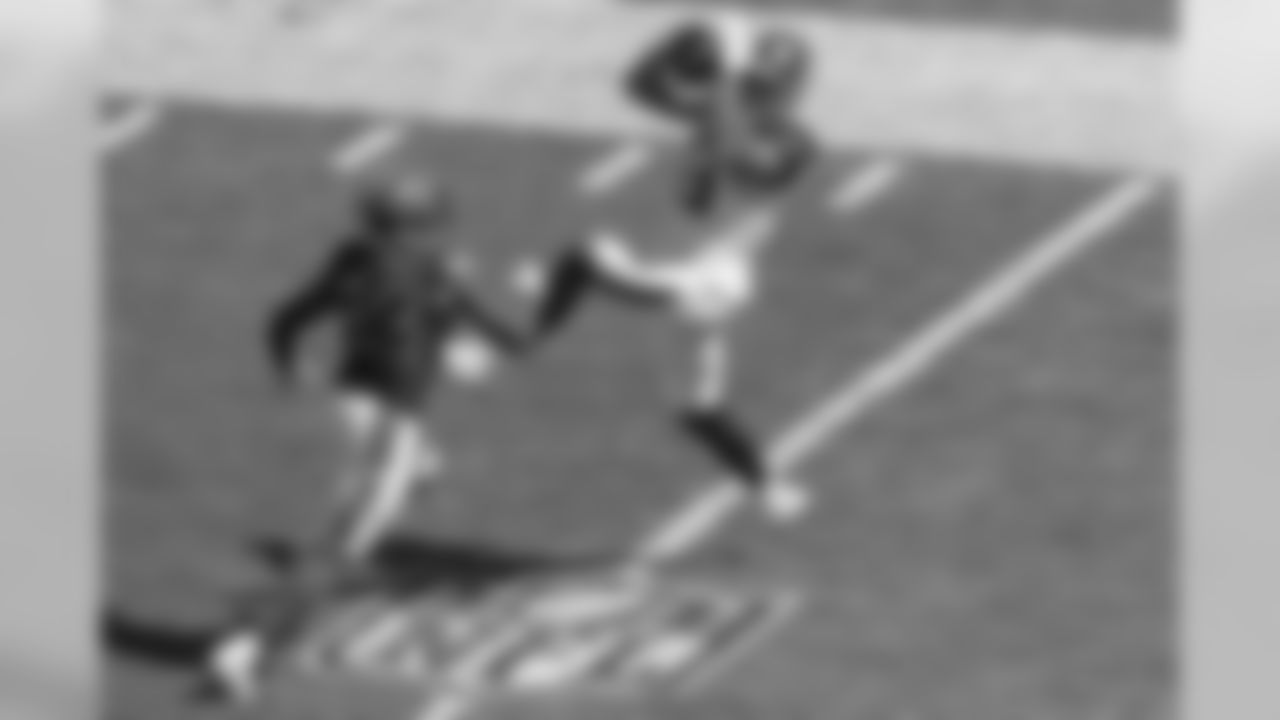
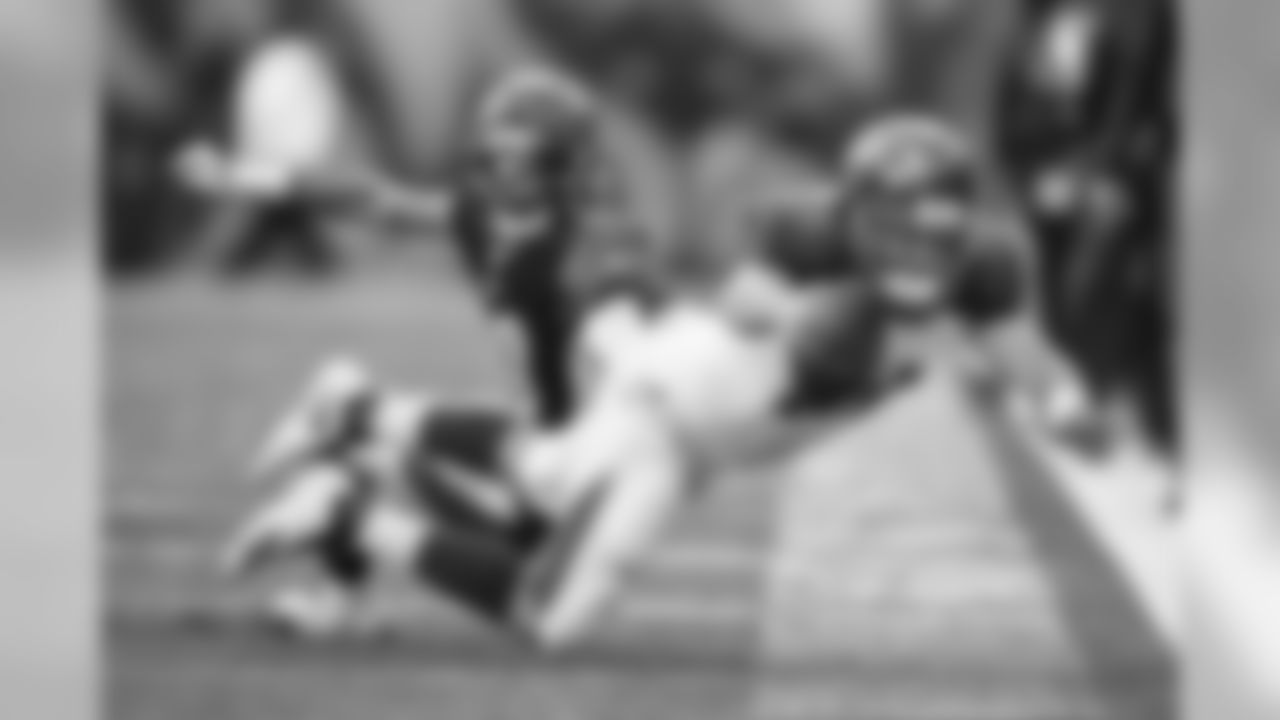




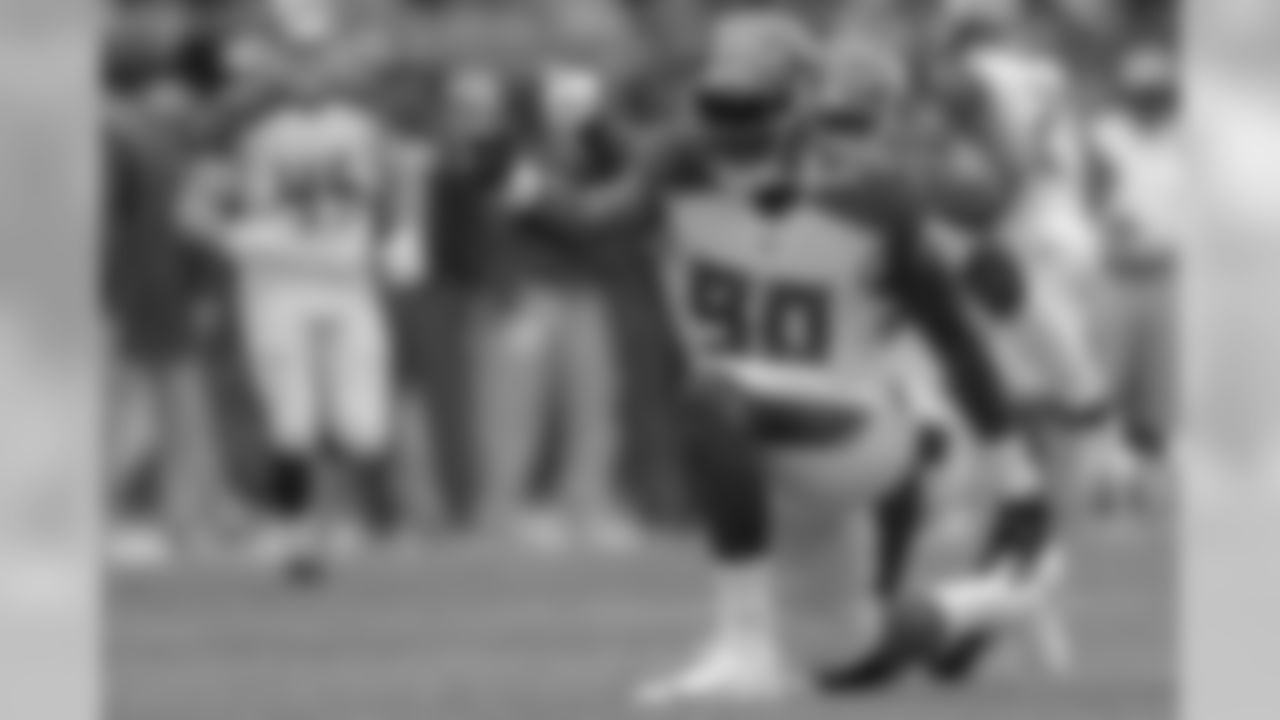


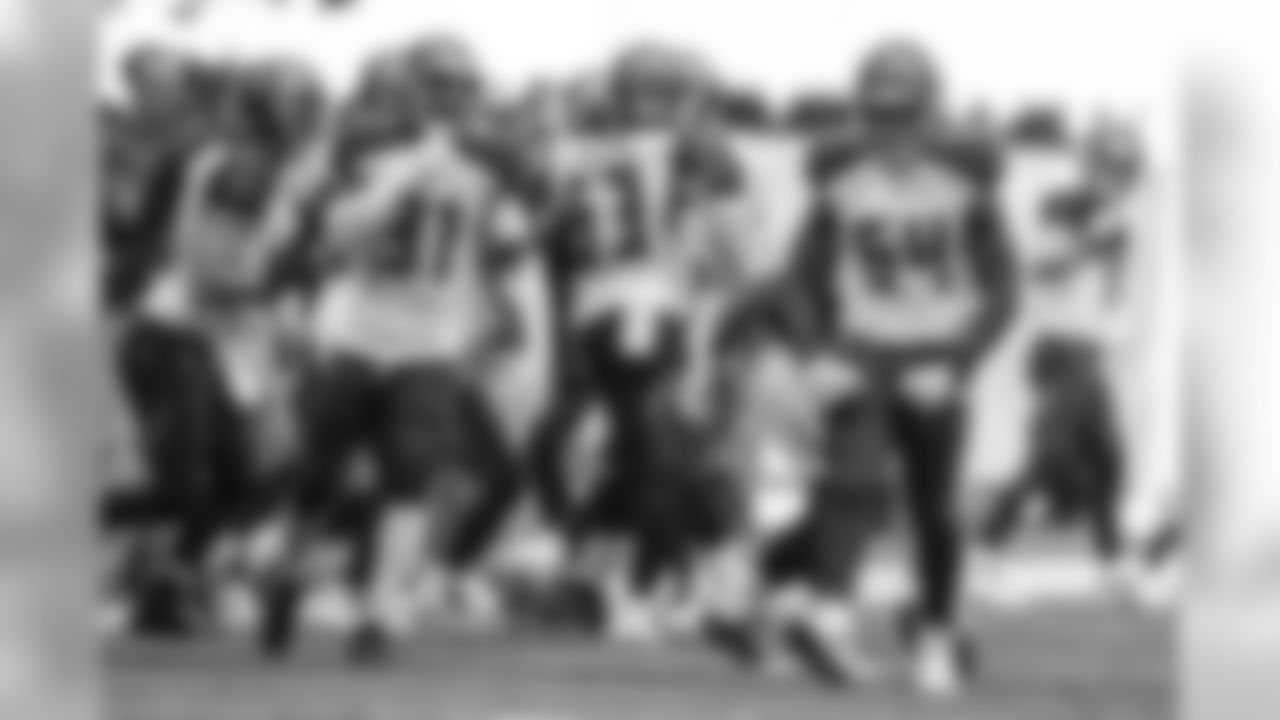
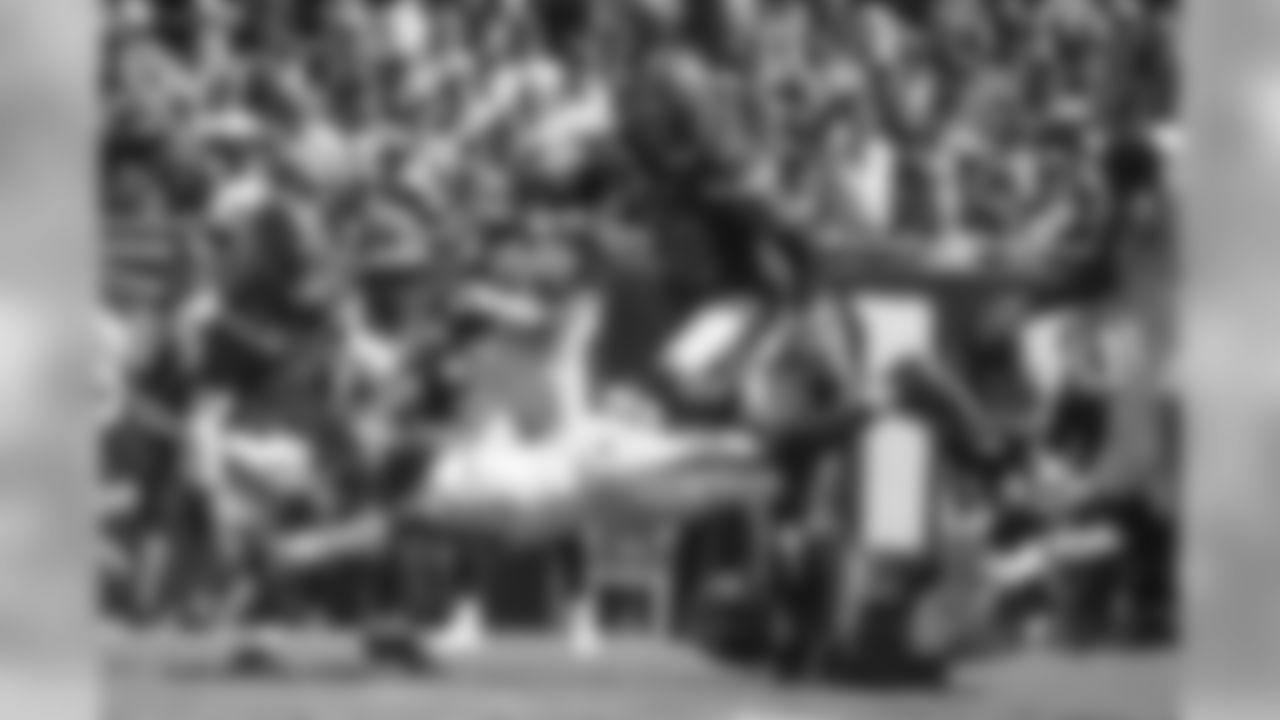




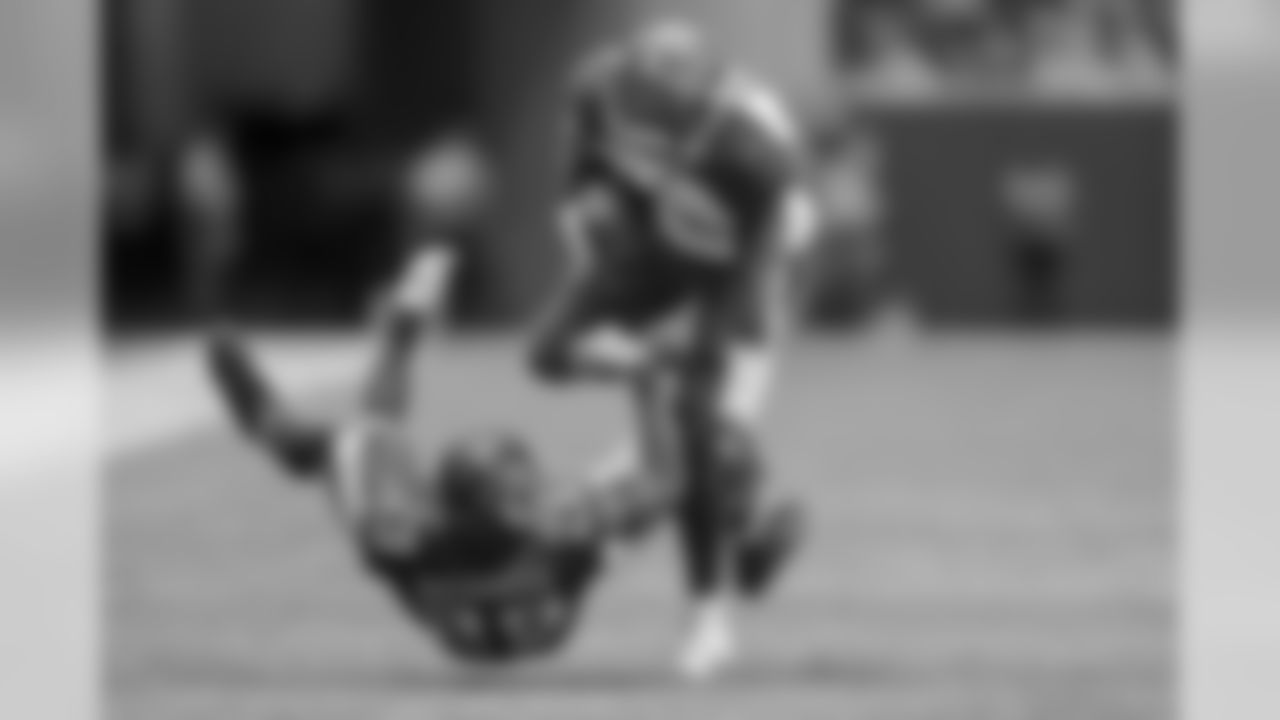




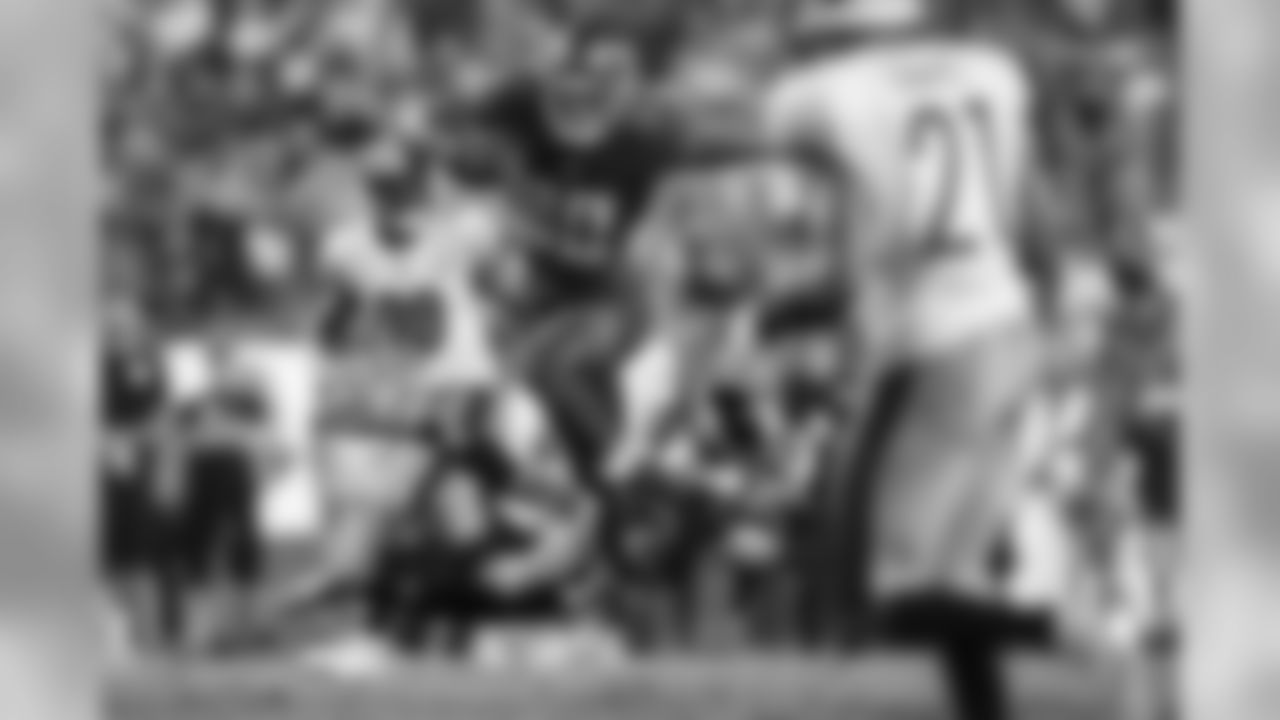
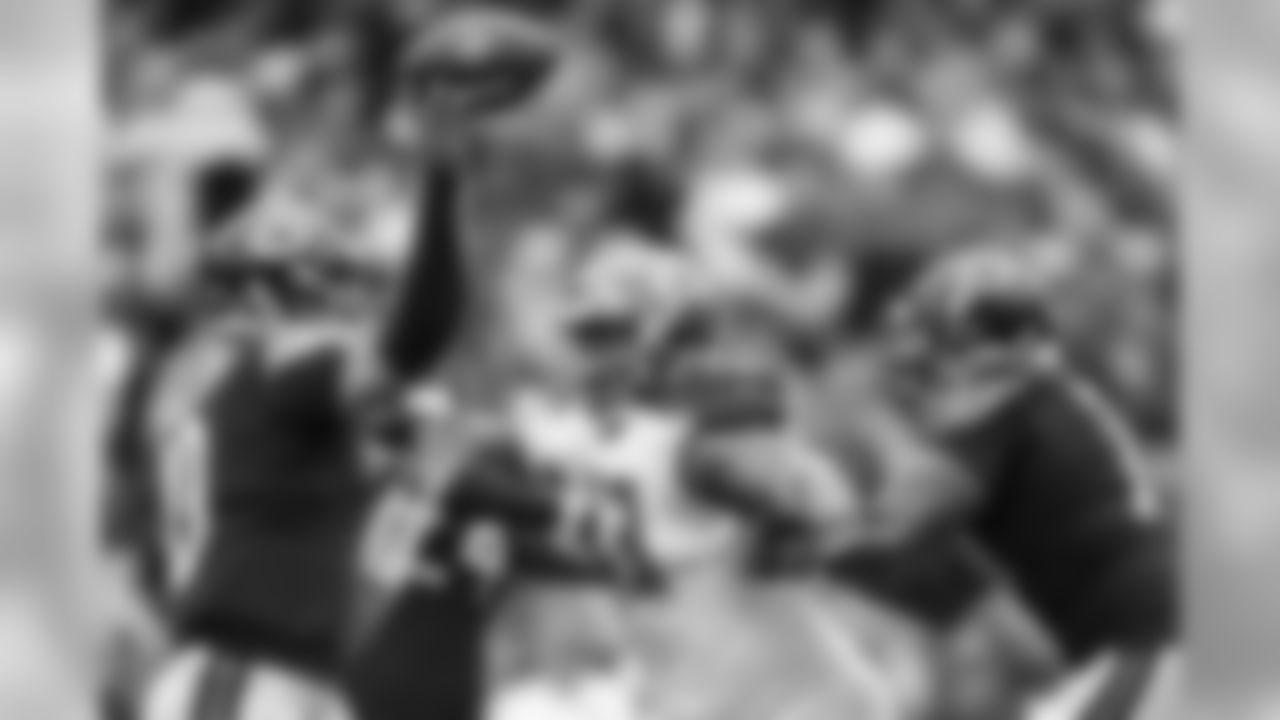
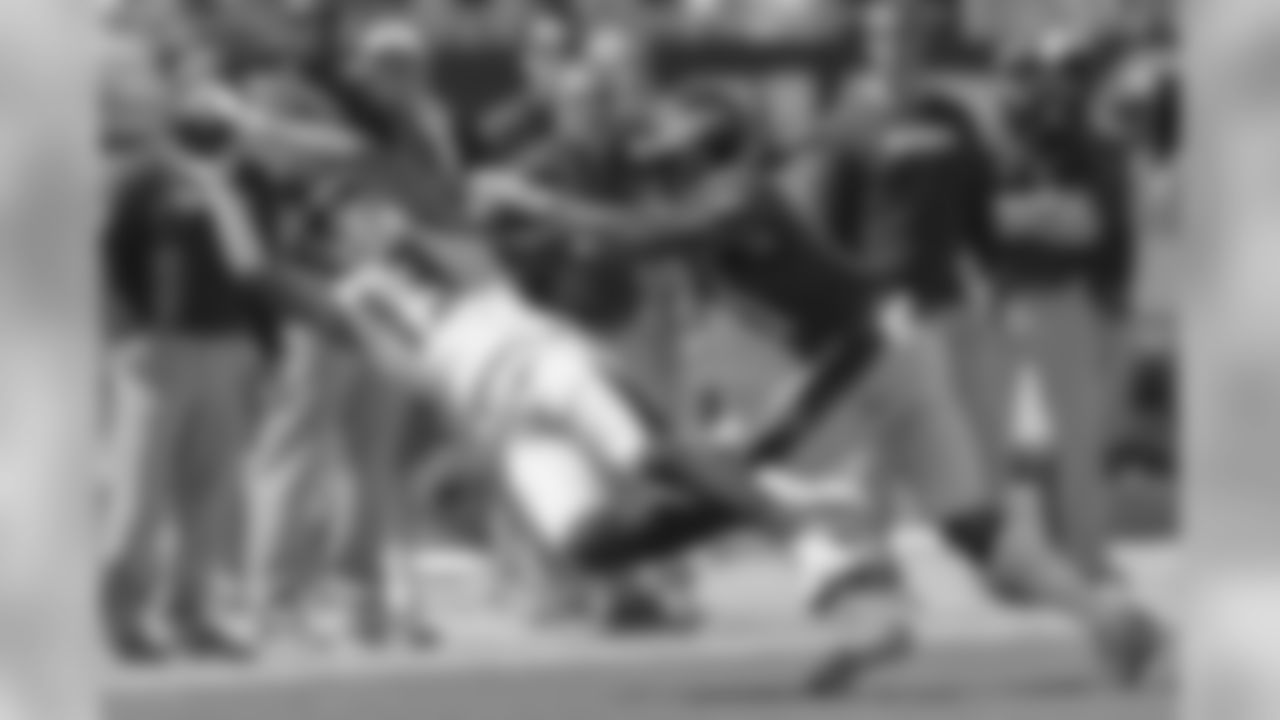





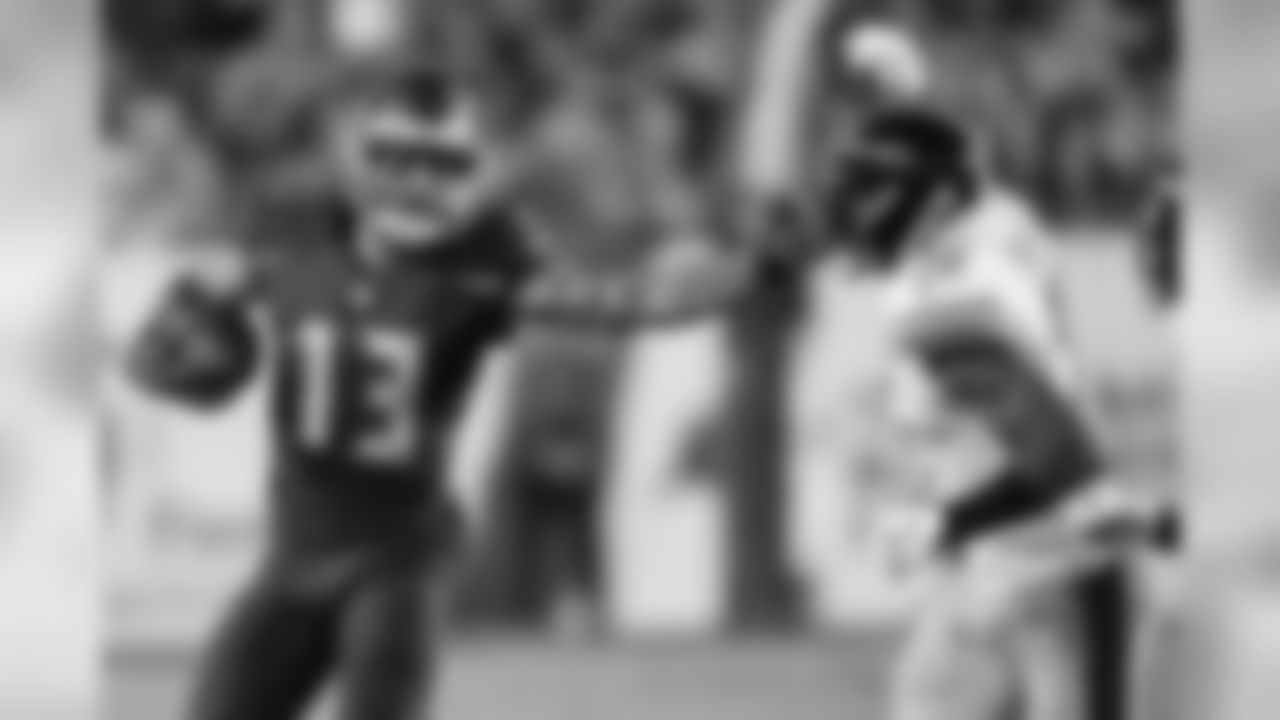

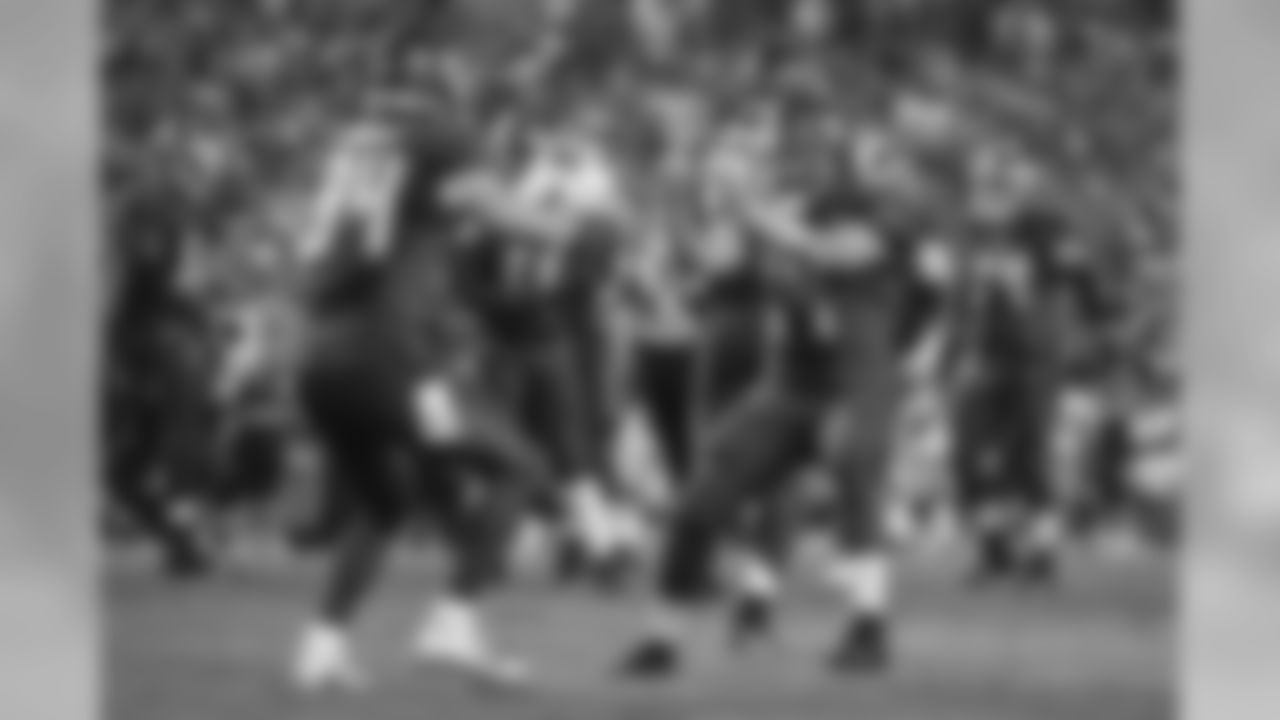

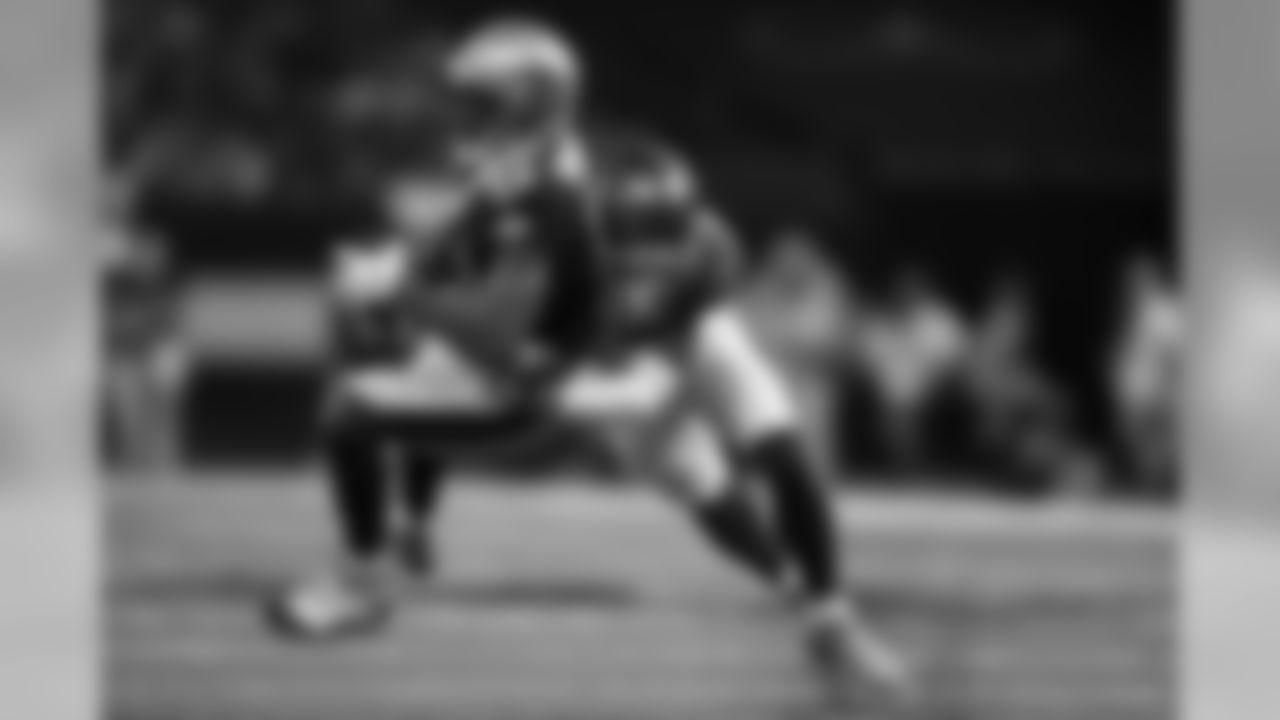


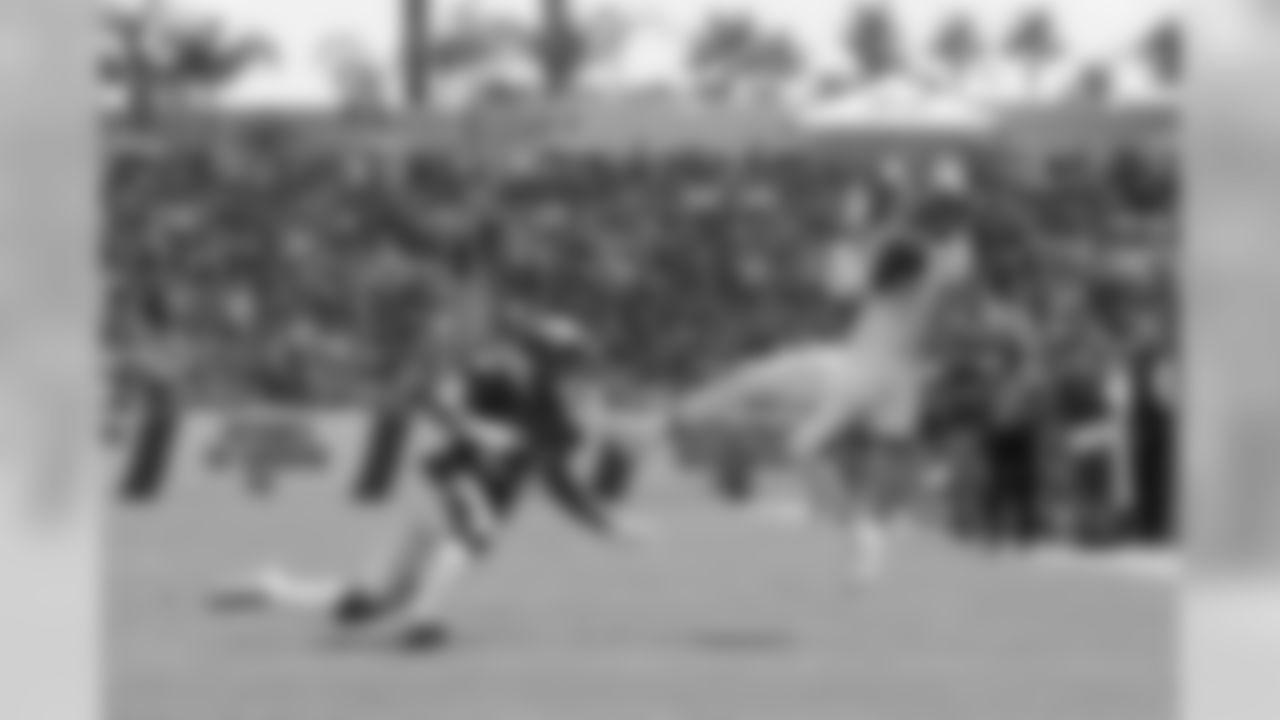
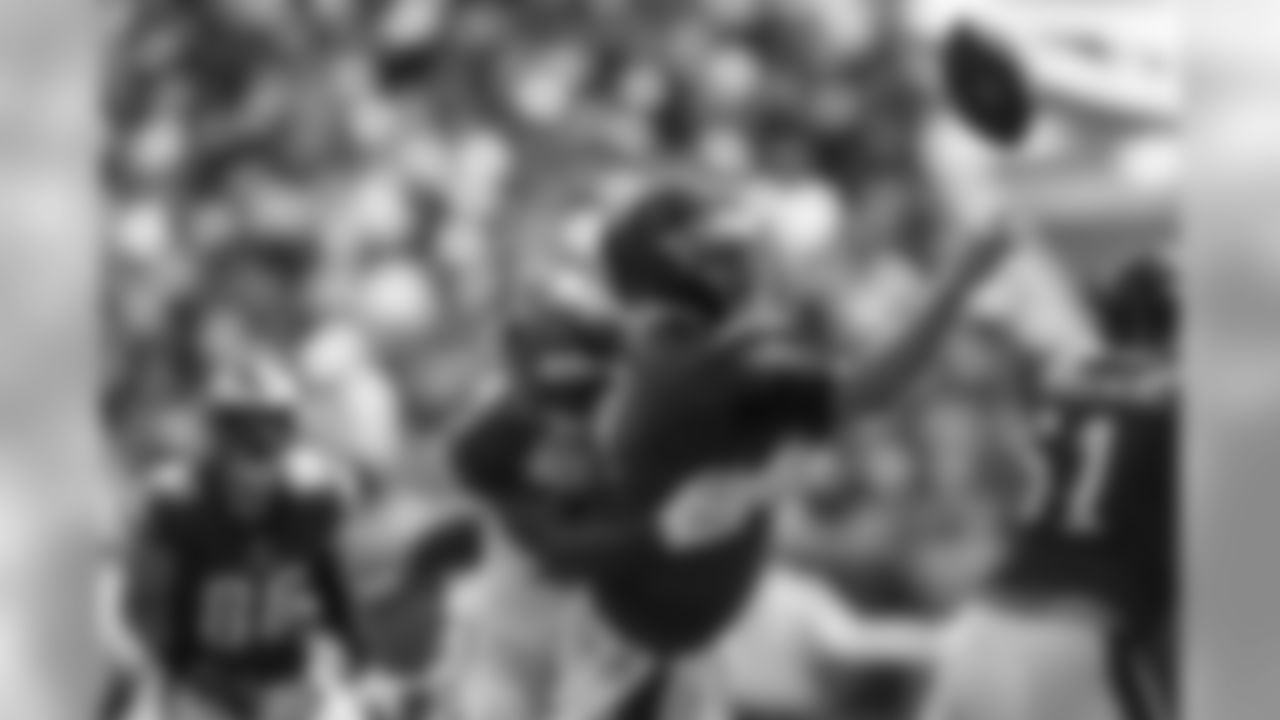

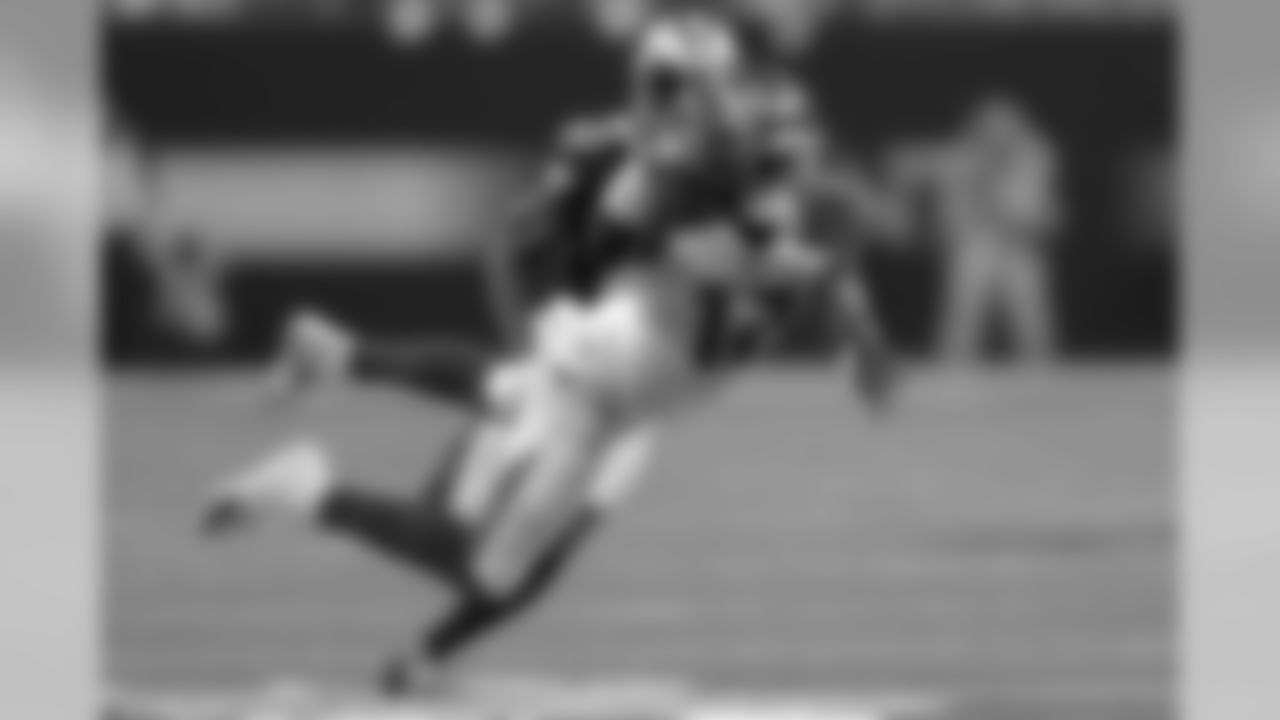

3. CB M.J. Stewart, Round 2, Pick 53
Unlike Jones, Stewart started his training camp with a ton of momentum. He frequently received praise from the coaching staff early in camp and seemed to make a splash play virtually every day. The Buccaneers had drafted Stewart with the belief that he had the skills to be a good nickel back right away and a potential starter outside, as well.
Third-year man Vernon Hargreaves, returning from an injury that had ended a disappointing sophomore season early, also looked good in camp and the preseason. As the season began, Hargreaves was lining up as a starter on the outside and moving in to play the slot in nickel packages. Brent Grimes was out with an injury so rookie Carlton Davis started on the other side of Hargreaves. When Hargreaves moved into the slot, holdover Ryan Smith took the other outside spot.
That was the arrangement for all of three quarters, before Hargreaves suffered a season-ending shoulder injury making an impressive pass break-up in the fourth quarter of the Bucs' season-opening win in New Orleans. That made Stewart the first-line nickel back quicker than expected. There were expected growing pains over the next two months, and Tampa Bay's pass defense as a whole struggled mightily through the first half of the season. Stewart then ran into injury troubles of his own, as he hurt his foot and was sidelined for five games. During that time, Javien Elliott stepped in as the nickel back and did a credible job and the Bucs' pass defense turned the corner a bit under newly-promoted coordinator Mark Duffner. Elliott retained his job down the stretch and Stewart spent most of the rest of the year playing special teams. He finished his rookie campaign with 11 games played, five starts (all in three-CB formations), 29 tackles, two tackles for loss, two quarterback pressures and three passes defensed.
What's Next? Stewart didn't have an atypical season for a rookie cornerback, particularly one who was thrust into action sooner than expected, but he also didn't seem to do enough to lock down a starting job heading into his second year. Grimes is a pending free agent but Hargreaves should be back to full health, which would provide more competition both outside and in the slot. The Buccaneers may also choose to make some significant additions to this position. Still, Stewart will be well-positioned to make a run at a significant role in 2019 and he might be able to translate another fast start into better results in the regular season.
**
4. CB Carlton Davis, Round 2, Pick 63
The aforementioned trade down before the Vita Vea pick netted the Bucs a pair of extra second-rounders and they used both of them on cornerbacks. Ten picks after nabbing Stewart, the Bucs went after Davis, a big and physical corner the Bucs believed could match up with the bigger receivers on the outside. Davis didn't make as many early splash plays as Stewart in training camp but he was steady and his aggressive style of play was evident right away.
Had Grimes not started the season with an injury, Davis likely would have played the role that Smith played in the opener, coming in to play on the outside on the snaps that Hargreaves moved into the slot. Instead, Davis was a full-time starter from the opening whistle. He would end up missing three games and parts of a couple others with injuries but otherwise remained a starter throughout his rookie season.
Of course, Davis had the same rookie ups and downs to which we alluded above, and he was part of that pass defense that took some time to find even ground. But he progressed steadily and by the end of the year looked like a player who could develop into a long-term starter for the Buccaneers. Davis finished his season with 40 tackles, one tackle for loss, four passes defensed, one forced fumble and one fumble recovery.
What's Next? Davis will head into 2019 as an incumbent starter and that's particularly true if Grimes does not return with a new deal. If the new coaching staff installs a more aggressive scheme with more press-man coverage, that could play well into Davis's skill set. Another offseason to get acclimated to the NFL could put him in position for a breakout season.
**
5. G Alex Cappa, Round 3, Pick 94
The Buccaneers traded a sixth-round pick to move up eight spots and nab Cappa, and it's easy to understand why. The franchise made a very similar move in 2015 to nab a very similar player (by small-school profile) in Ali Marpet, and that has worked out tremendously. The Buccaneers envisioned Cappa as a potential starter at guard in the long term but a player who could potentially fill in at any spot along the line during his development.
Offensive linemen picked in the mid rounds often have to cool their heels for a while before getting an opportunity, and that was certainly the case with Cappa, who played his college ball at Humboldt State. Things certainly could have played out differently, but the Buccaneers were blessed with good health on the offensive line. Four of the five starters opened all 16 games and the fifth, right tackle Demar Dotson, only missed one start. Cappa was inactive for the first 10 games of the season but did get a bit of an opportunity in the final third of the season after versatile veteran Evan Smith landed on injured reserve.
For the final six games of the year, Cappa alternated with starter Caleb Benenoch at right guard, to a varying degree from week to week. In the final week, against Atlanta, it was a near-even split. Overall, Cappa got on the field for 104 offensive snaps, which at least gives him some experience heading into his first full NFL offseason.
What's Next? Depending upon what happens with left tackle Donovan Smith, who could become an unrestricted free agent in March, the most unsettled position on the Bucs' offensive line is right guard. That's clear by the snap totals; no other position was subject to a platoon. Cappa will almost certainly head into the 2019 offseason as a candidate to start at right guard.
**
6. S Jordan Whitehead, Round 4, Pick 117
Whitehead is another young defensive back who probably logged more playing time than was originally intended due to injury. The Buccaneers opened the season with a starting safety duo of Chris Conte and Justin Evans but lost Conte to injured reserve after three games and Evans to the same list not long after midseason. Technically, Evans didn't hit IR until Week 16 but a toe injury essentially sidelined him for the last seven contests. As it turned out, Whitehead started 11 games, the most of any safety on the roster.
It was, overall, a good debut for the former Pitt standout, who proved to be a force in the box in run support. Whitehead finished second on the team in tackles behind Lavonte David and also broke up four passes while making four stops behind the line of scrimmage. Whitehead slid to the fourth round in the draft because he doesn't have prototypical size for a hard-hitting safety, but he could end up being a steal if he continues to be a force around the line of scrimmage.
What's Next? Whitehead was one of the Buccaneers' most impressive rookies in 2018. Chris Conte is due to become an unrestricted free agent, so Whitehead should head into his second season with the lead on a starting job opposite Justin Evans. That's a very young pair of starting safeties, but they could nail down the position for a long time to come.
**
7. WR Justin Watson, Round 5, Pick 144
Watson is difficult to analyze simply because the team he joined happened to be loaded at his particular position. Watson was seen as an analog – from a size and speed standpoint – to Mike Evans, the Bucs' top receiver, but of course Evans was one of the NFL's best receivers in 2018, so there wasn't an immediate role for the rookie from Penn.
Even more so, the Bucs were set across the board at wideout, with a fantastic slot receiver in Adam Humphries, a big-play speedster in DeSean Jackson and a do-everything second-year man in Chris Godwin. Tampa Bay led the league in passing yards and became just the fifth team in NFL history to have four players exceed 750 receiving yards. There simply wasn't much of role available to Watson, who was targeted three times all season, resulting in one catch for five yards.
That said, Watson found himself on the gameday active list for 12 out of 16 games, and he very willingly threw himself into special teams. In fact, Watson ended up with a team-high six kick-coverage tackles, impressing in an area that can help lower-round draft picks earn greater opportunities.
What's Next? Watson has an impressive skill set and just needs a chance to play a bigger role, though it's not immediately obvious that he will get his shot in 2019. Still, he has already proved to be a good special teams player, which will help keep him active on game day, which is the first step to getting more opportunities on offense.
**
8. LB Jack Cichy, Round 6, 202
Cichy, who missed his senior season at Wisconsin due to a knee injury, ran into some unfortunate timing again as a rookie with the Buccaneers. In fact, he and starting middle linebacker Kwon Alexander suffered season-ending knee injuries in the very same game, against Atlanta in Week Six.
A few weeks later, starting weakside linebacker Lavonte David went down with an injury of his own and the Buccaneers were digging deep for alternatives. At one point, the team was starting both Devante Bond and Riley Bullough, two linebackers they had released with injury designations before the start of the season. That's not meant as a knock on either Bond or Bullough, both of whom performed admirably and will have a chance to flesh out the linebacking corps in 2019, but if Cichy had healthy he would have had a chance to see quite a bit of action.
Even so, Cichy did well on special teams before his injury, recording three tackles in six games. He's already proved he can return from a significant injury and now he'll attempt to do so again in 2019.
What's Next? Obviously, the first order of business for Cichy is to recover from his knee ailment. He suffered his injury early enough that he should have a good shot at participating in the Bucs' offseason program and/or training camp. Given Alexander's pending free agency status and the uncertainty regarding Kendell Beckwith, Cichy could have an opportunity to compete for a starting spot.























